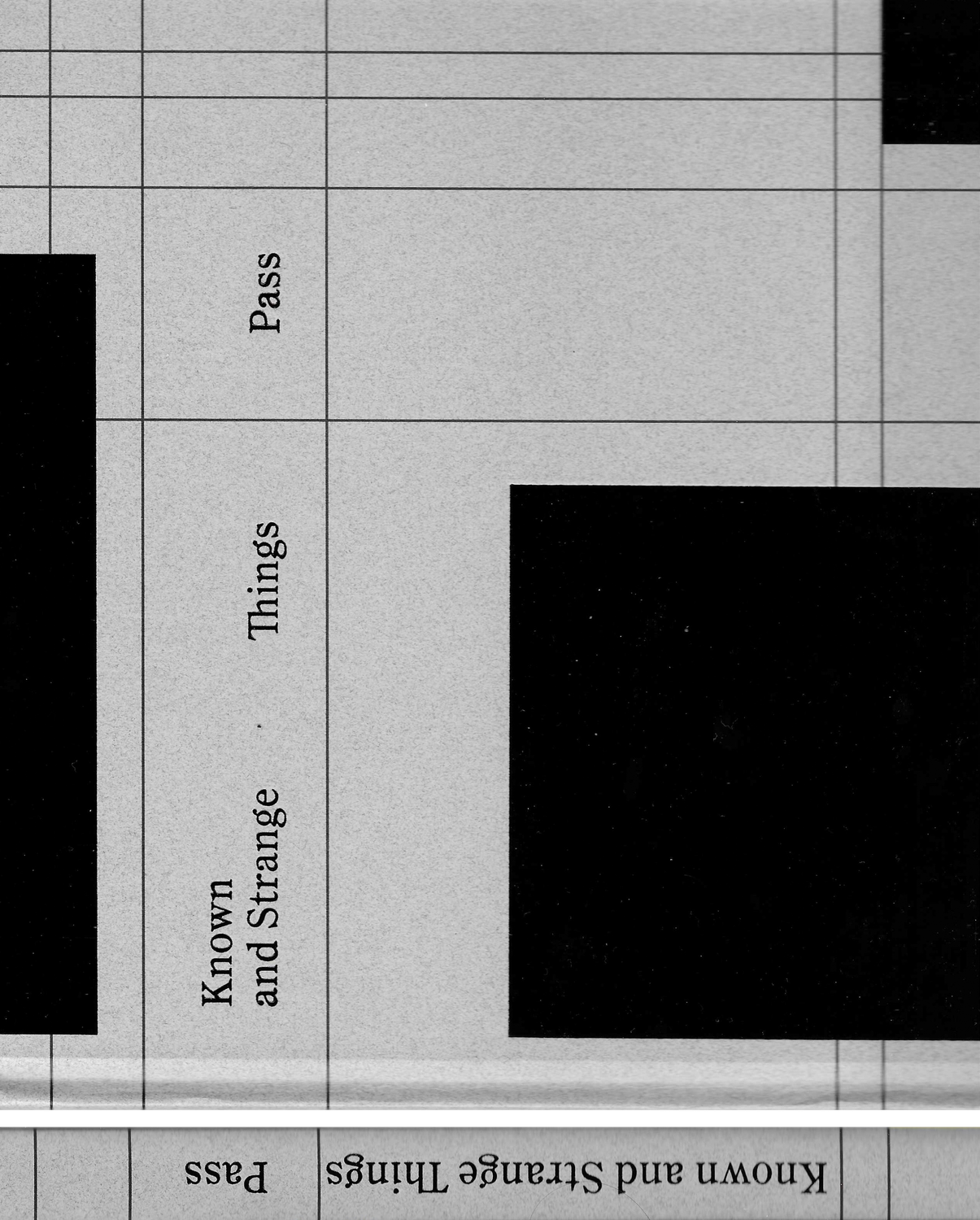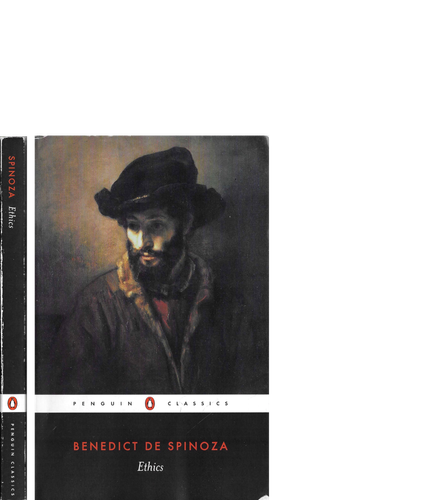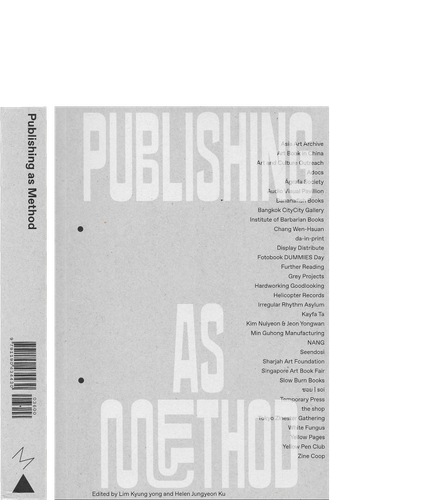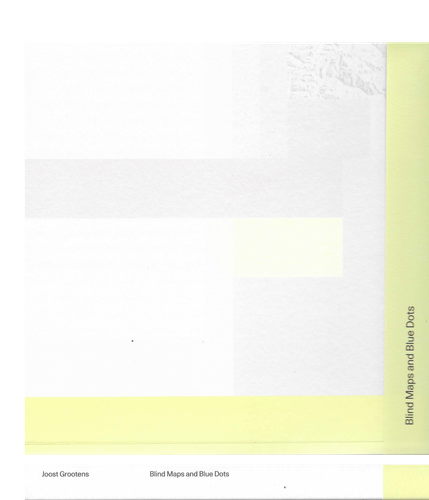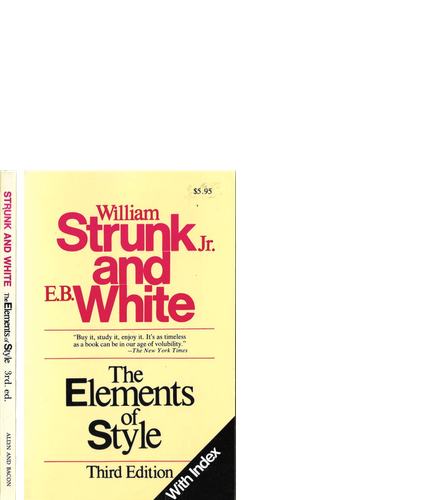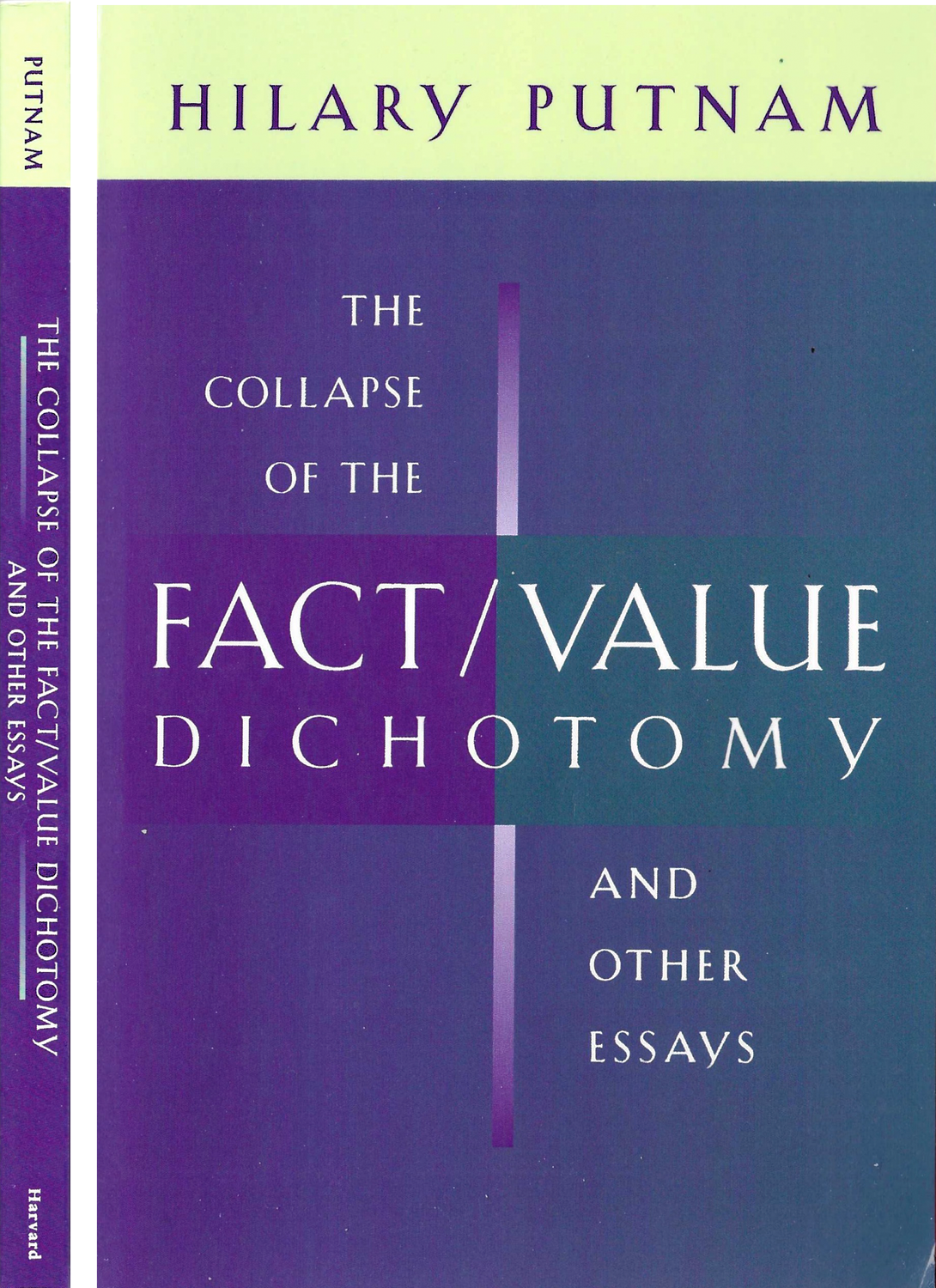
The Collapse of the Fact/Value Dichotomy – Hilary Putnam
Immersion: shallow, one read-through of the first couple chapters
I got this book as a sophomore on the recommendation of a couple professors, who pointed it to me as a salve after I expressed interest in logical positivism. I don’t know that I found Putnam very persuasive at the time, because here he writes for a general audience and doesn’t dwell too much on the technical arguments which most powerfully undermine positivism. But I think I should revisit it now that I’m (a little) more well read in this area.
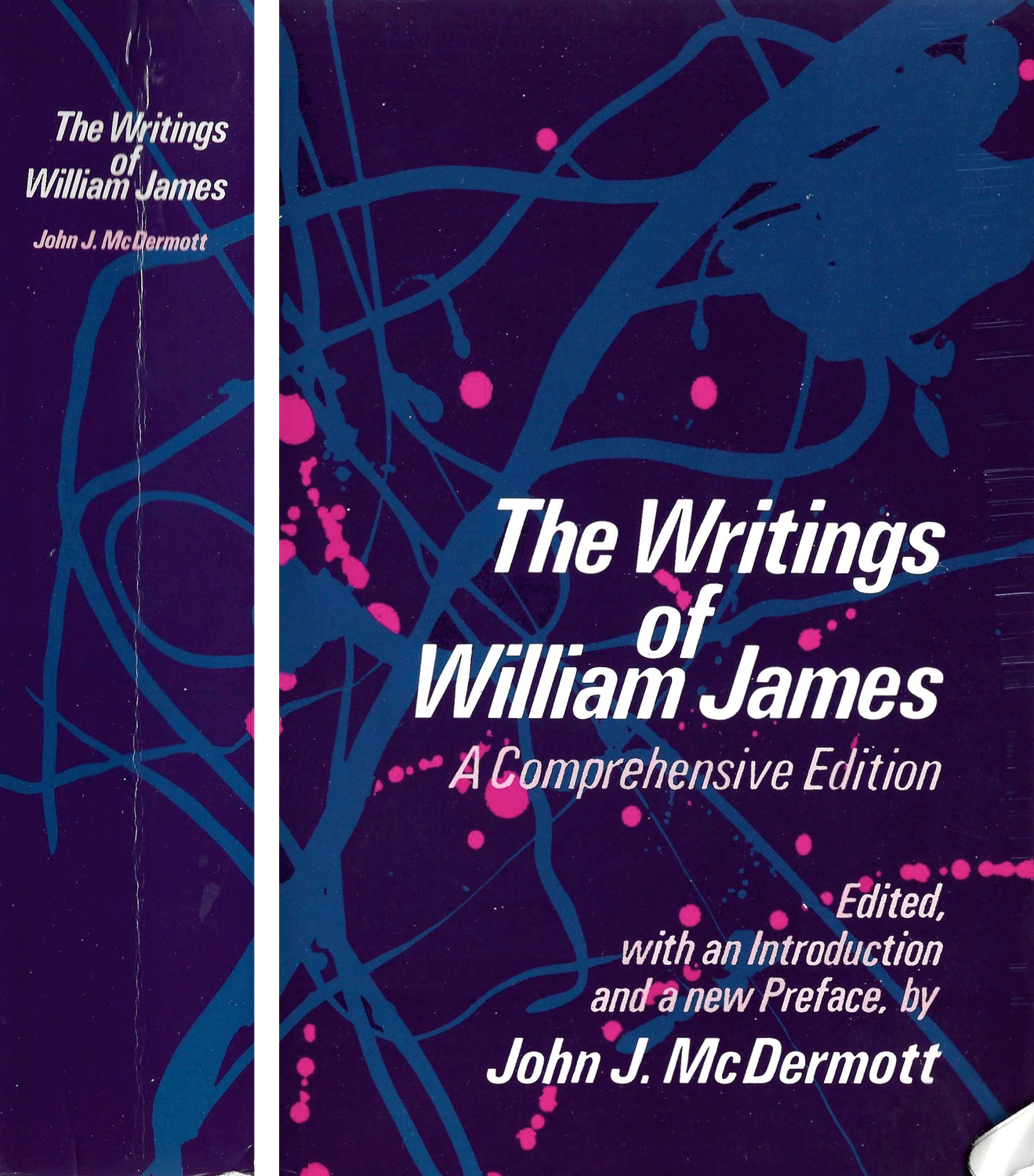
The Writings of William James, edited by John McDermott
Immersion: shallow, just a few of the compiled essays, which nonetheless stuck with me. In particular, the parable of the squirrel in What Pragmatism Means has been really valuable in driving my own thought. I want to write an essay at some point making a comparison between it and the javelin anecdote told about Protagoras.

Ways of Worldmaking – Nelson Goodman
This might be my favorite book, certainly my favorite work of philosophy (with some close contenders). I love it because of the way in reconciles philosophy of science and philosophy of art, without degrading either, because of how it synthesizes ideas from other corners of philosophy, because of its accessible and humorous prose... you get it. It’s a good text. Maybe give it a try.
Immersion: medium — I’ve read every essay at least once, and wrote about the collection for a class. There are a lot of things I really admire about Goodman’s philosophy and his writing style, and I’m working with Patrick to put together a creative project very much influenced by it.
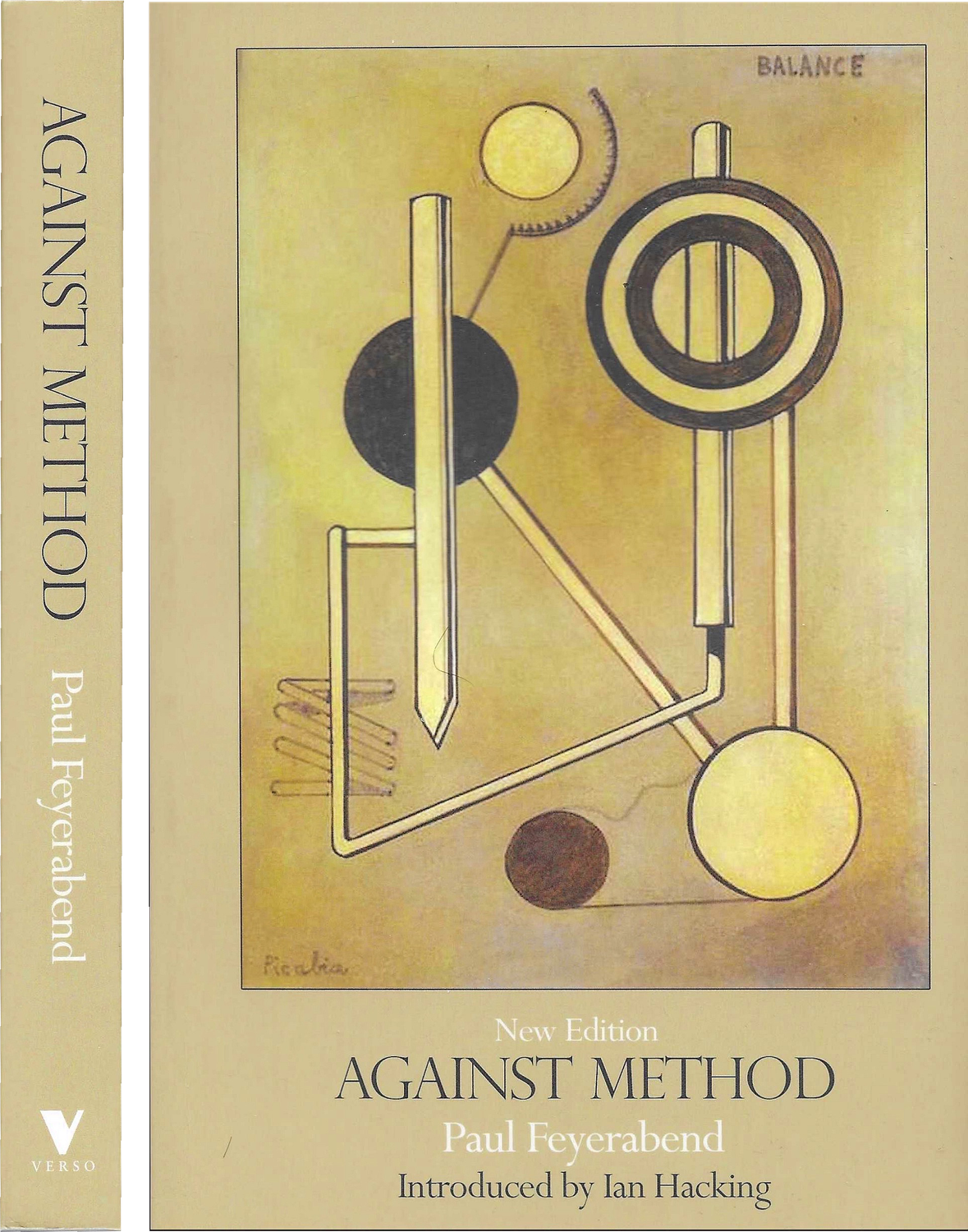
Against Method – Paul Feyerabend
Without having actually read it, I connect this work with pragmatism and texts like Thomas Kuhn’s Structure of Scientific Revolutions, which frame science as a collection of human practices and traditions rather than an endeavor to fundamentally describe reality. I’m hoping Feyerabend help me better understand the debate around this kind of position, which resonates deeply with me.
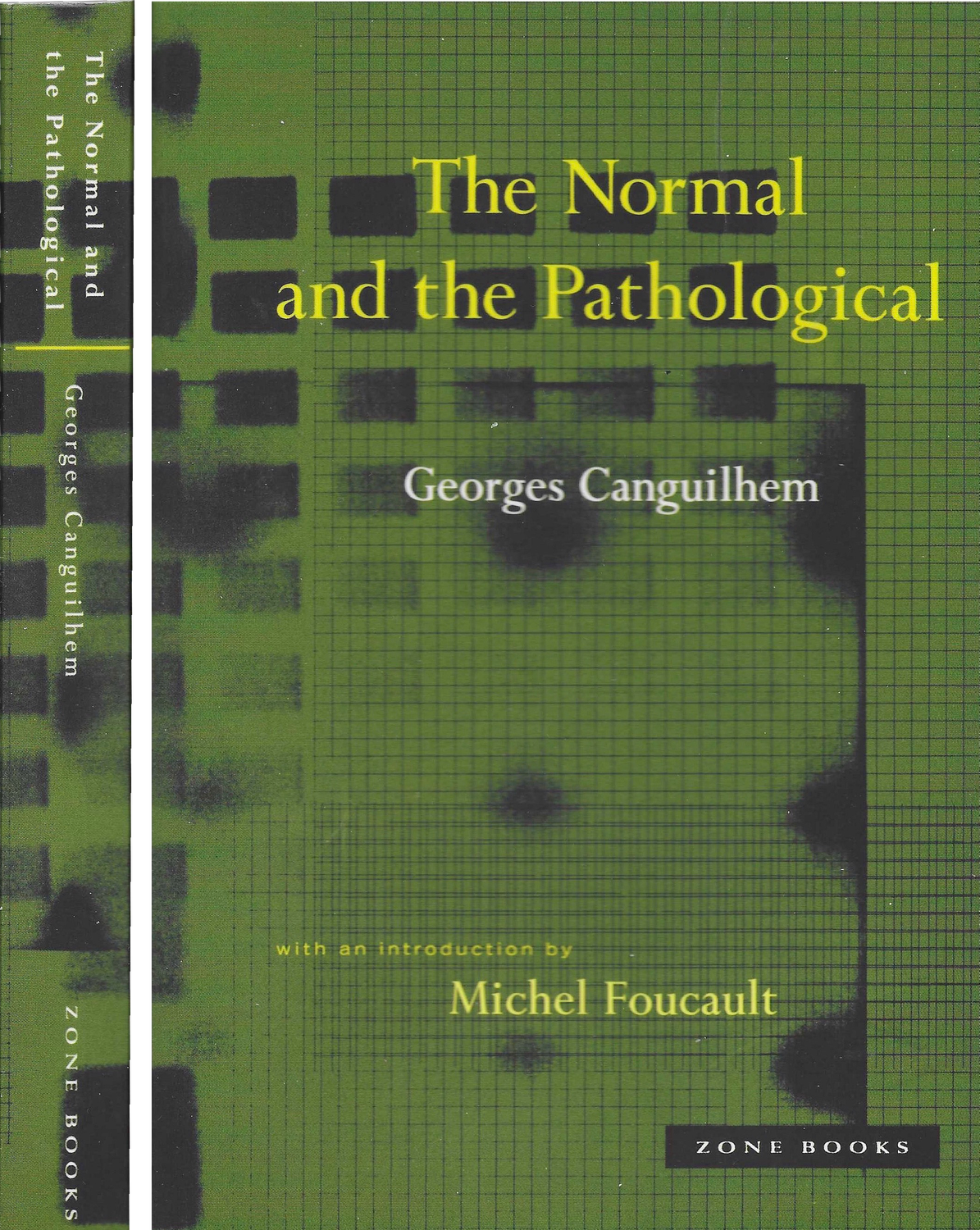
The Normal and the Pathological – Georges Canguilhem
I read segments of this book in a college philosophy course about the concept of normality and the way it’s enforced socially and politically. I remember finding Canguilhem rather dense and long-winded at times (as to be expected of a French philosopher), but ultimately the book’s project, of destabilizing any sense of objectivity in scientific standards of normality, was very compelling to me. I’m eager to revisit.
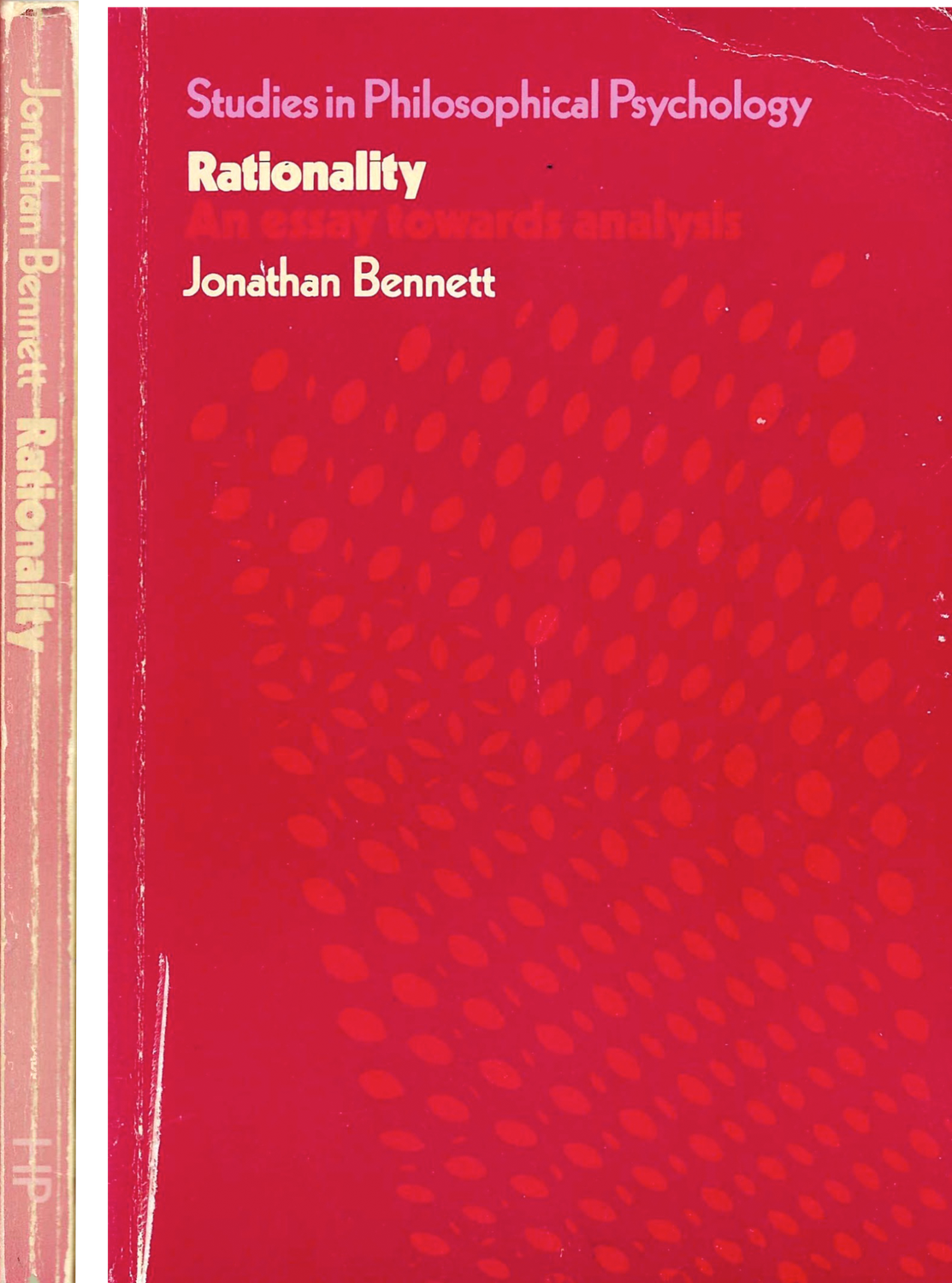
Rationality – Jonathan Bennett
This is another analytic text that I recommend to anyone looking for something eminently readable and compelling — Bennett takes you through a theory of what makes a being ‘rational’ using a thought experiment involving bee communication.
Immersion: shallow — I read most of the way through it for a class, but haven’t actively engaged with the text otherwise.
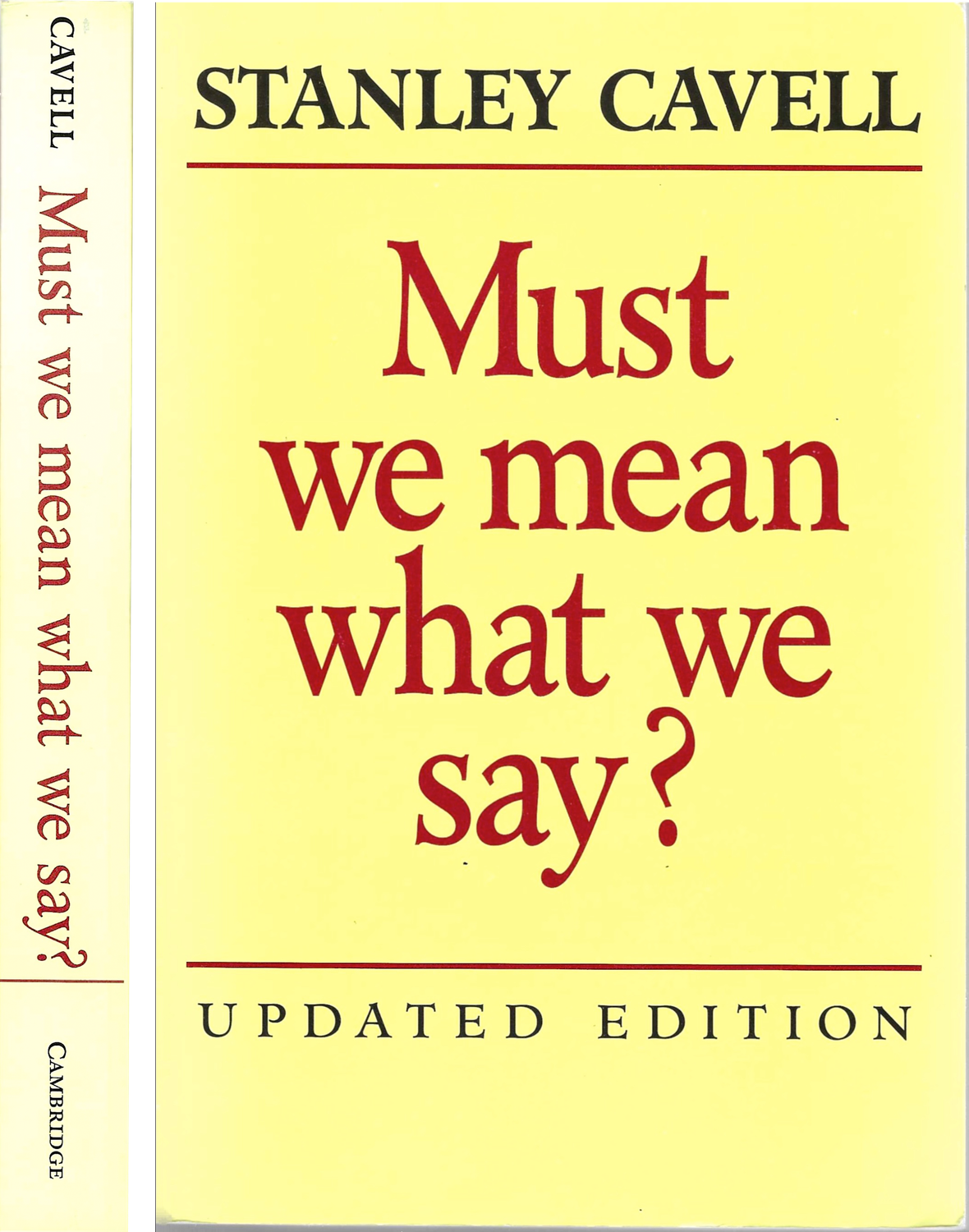
Must We Mean What We Say – Stanley Cavell
Immersion: medium — I’ve only read a few of the essays in this collection, but spent a lot of time specifically with Music Discomposed and A Matter of Meaning It, which have been deeply influential on the way I think about the role of tradition, intention, and shared meaning in philosophy and design practice. Cavell is, as a former professor of mine put it, a great stylist and a true pleasure to read.
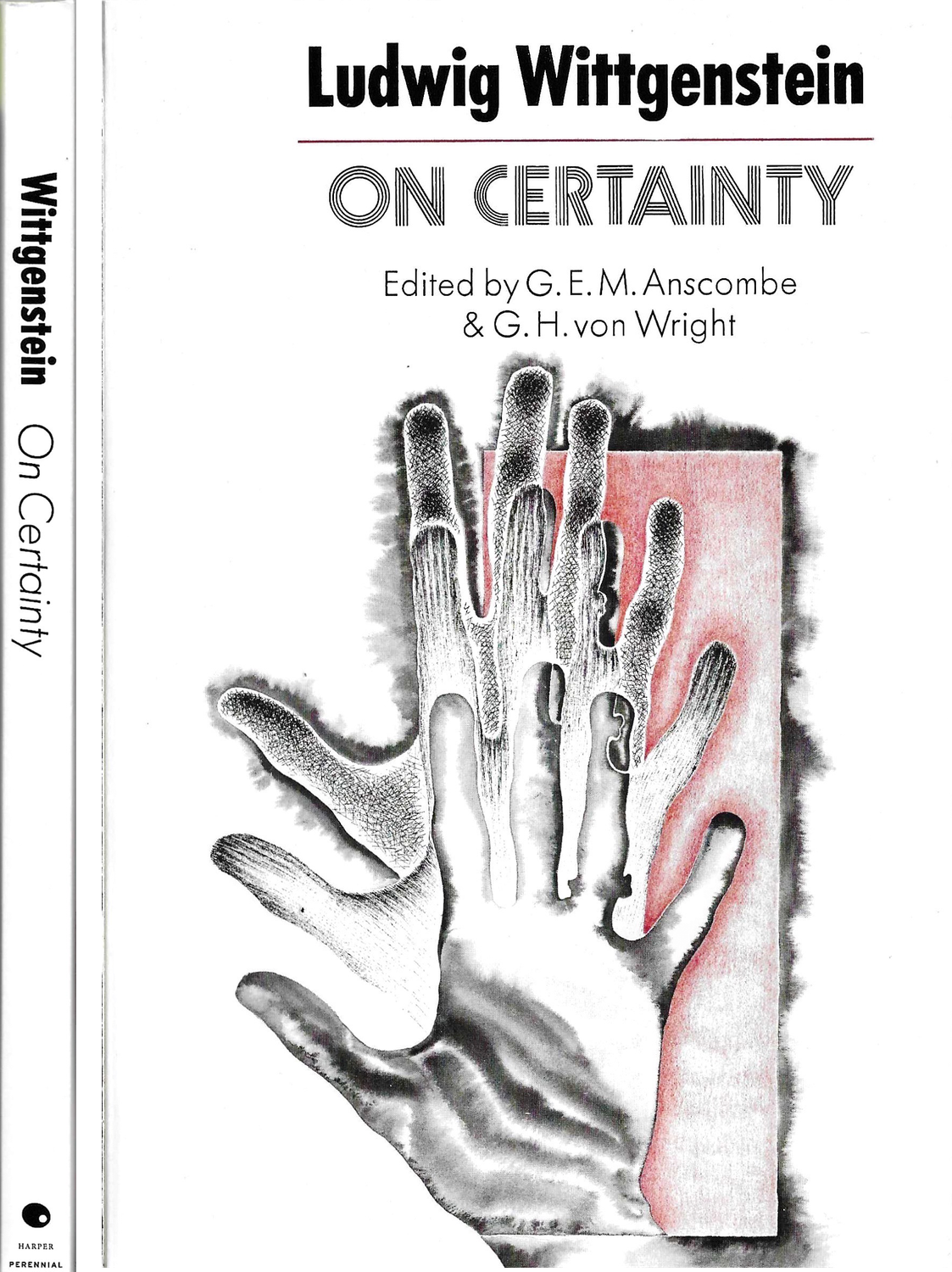
On Certainty – Ludwig Wittgenstein
Immersion: none / only slightly perused (but deeply interested, after having spent a lot of time with the Philosophical Investigations)
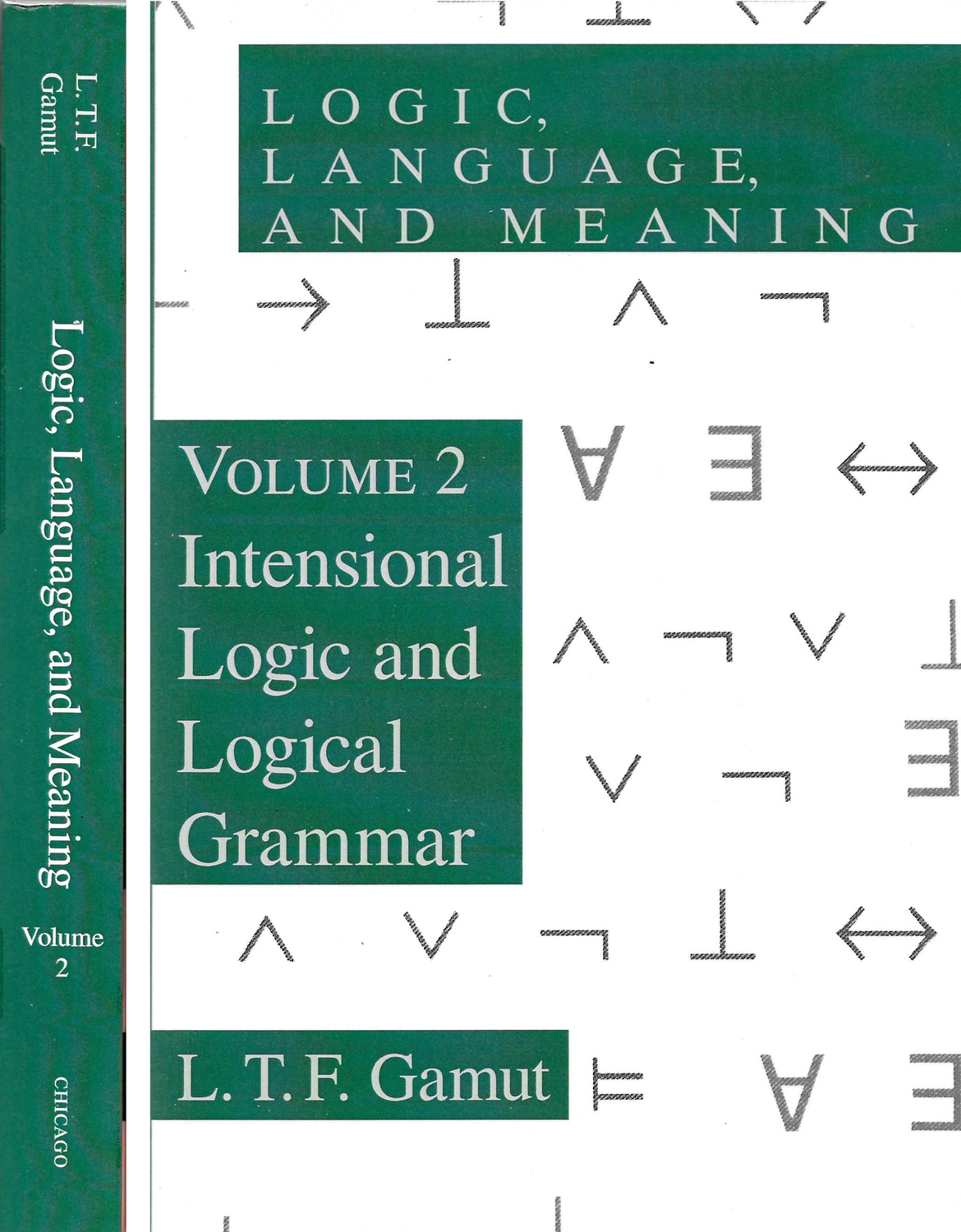
Logic, Language, and Meaning Vol. 2 – L.T.F. Gamut
Immersion: none / only slightly perused
I found this textbook being given away in the NYU Linguistics building, and it was recommended by my tour guide (a linguistics MA student). It waits for the moment that I decide to go beyond the basic first order logic I learned in college.
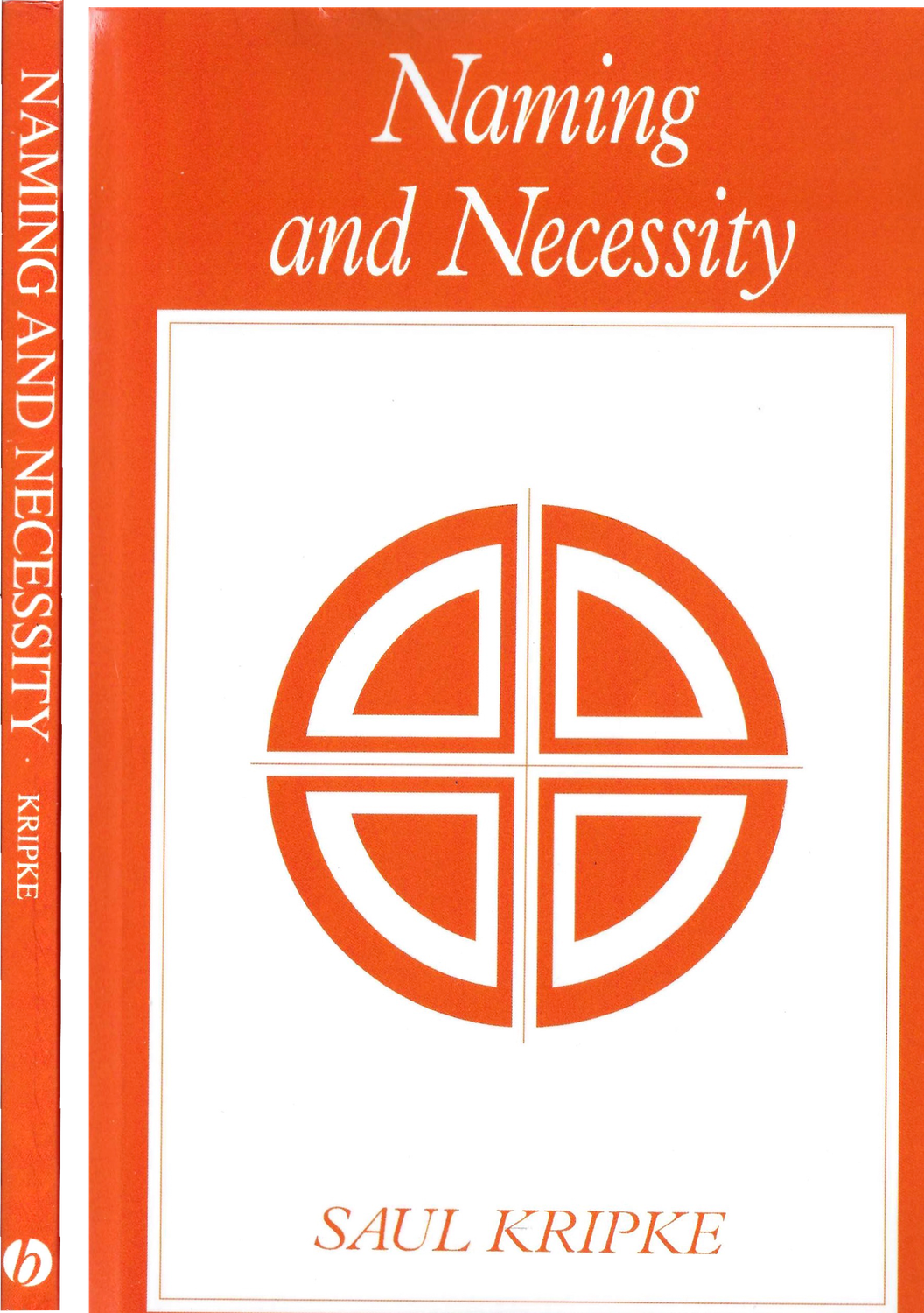
Naming and Necessity – Saul Kripke
Immersion: none / only slightly perused
I will probably disagree strongly with this book because of my existing philosophical commitments. But in the spirit of pluralism and acknowledging Kripke’s reputation, I want to give it a read.
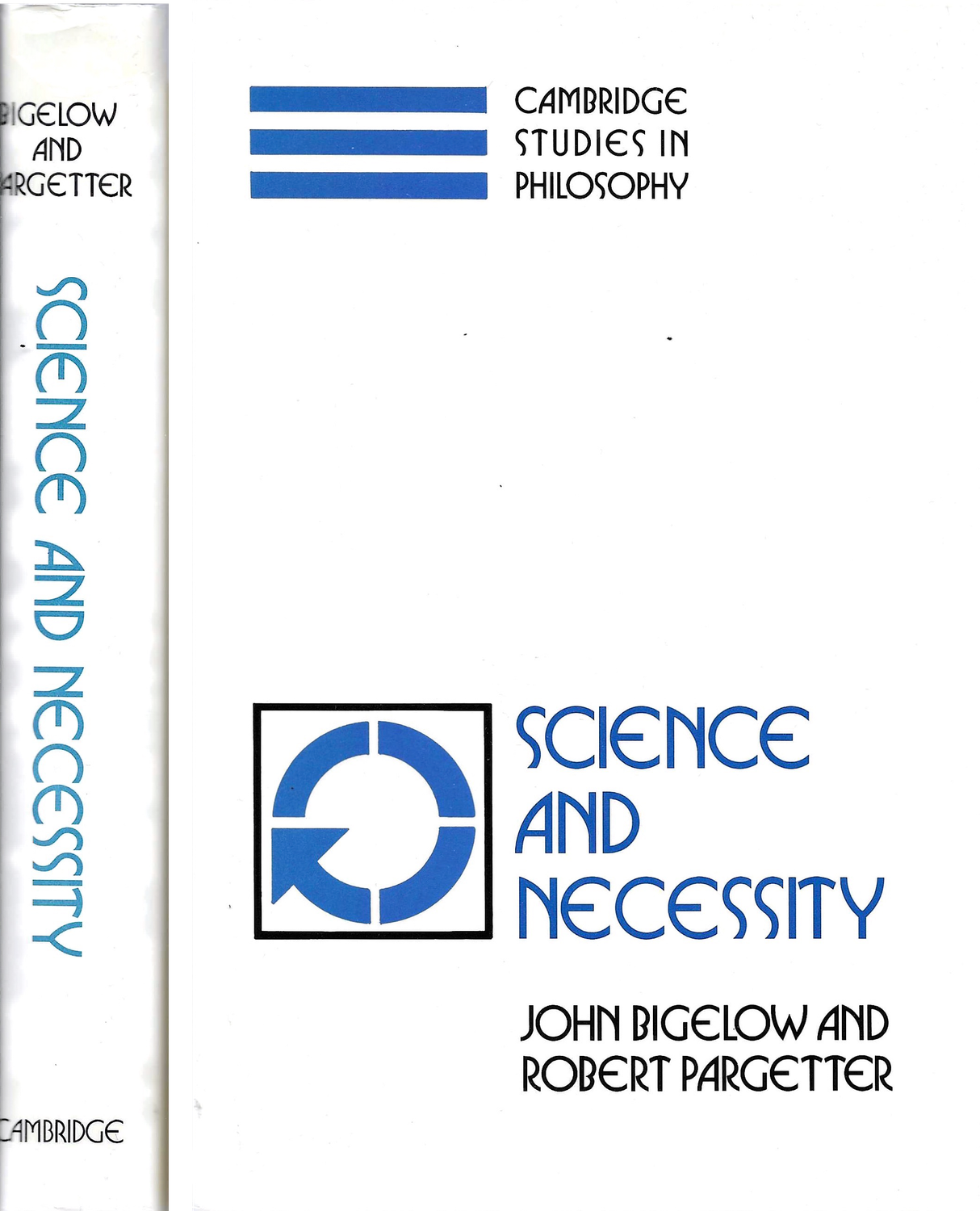
Science and Necessity – John Bigelow and Roger Pargetter
Immersion: none / only slightly perused
Given to me by Emily, who found it a few years ago in a used bookstore. Don’t know too much about it, but I’m guessing its named after the book to the right and writing in the tradition that Kripke initiated.
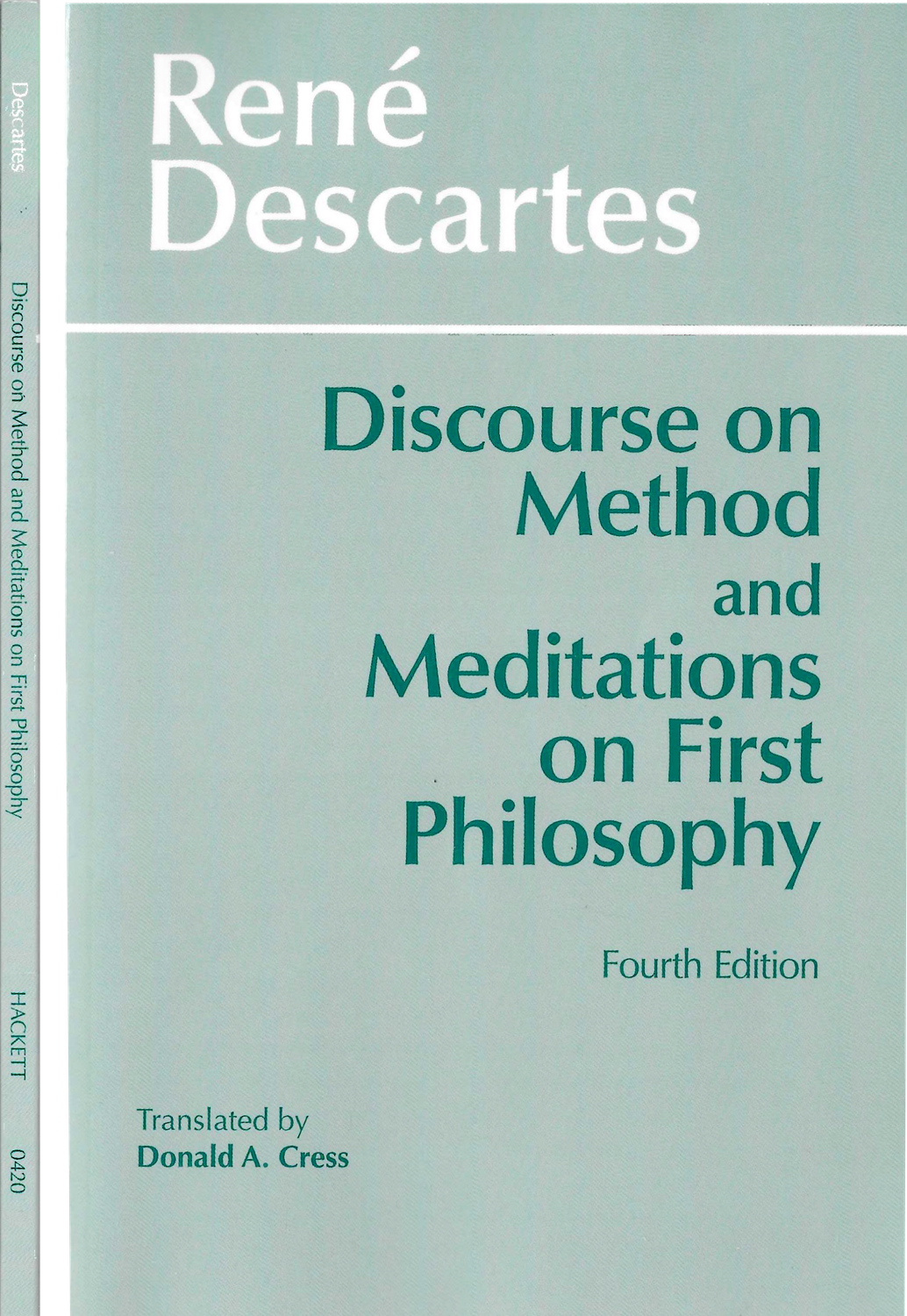
Meditations / Discourse on Method – Descartes
Immersion: medium — like most philosophy majors I spent some considerable time in college with the Meditations, but not enough to feel like I truly have a strong grasp of the material (beyond the ways in which it has been inherited by Western philosophy)
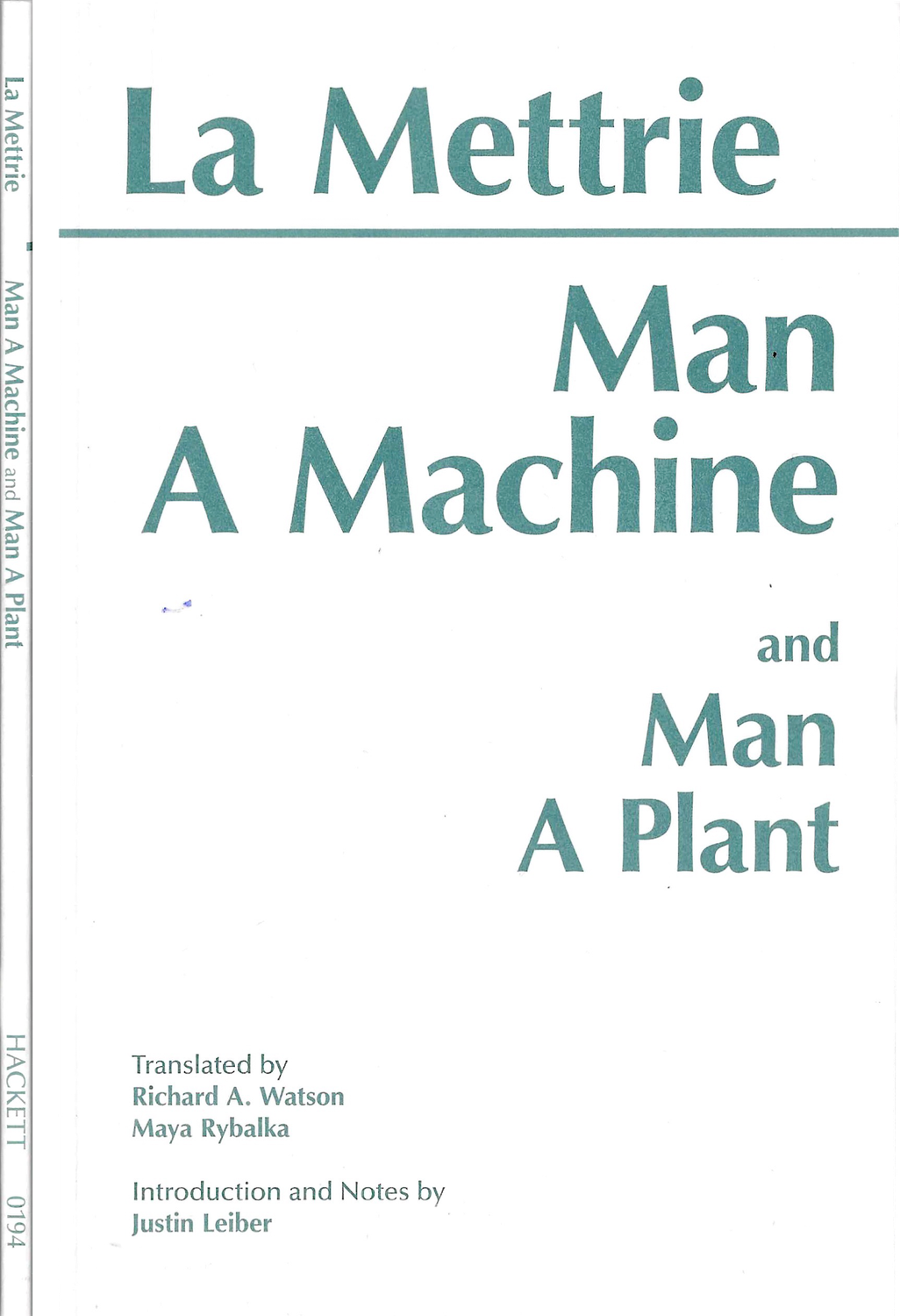
Man a Machine / Man a Plant – La Mettrie
Immersion: shallow — read once-through alongside the Meditations.

Ethics – Baruch Spinoza
Immersion: medium — engaged closely with parts 1 and 2 (which are the core of his metaphysics, and enough of a slog on their own) to write several papers, have not seriously explored the rest.
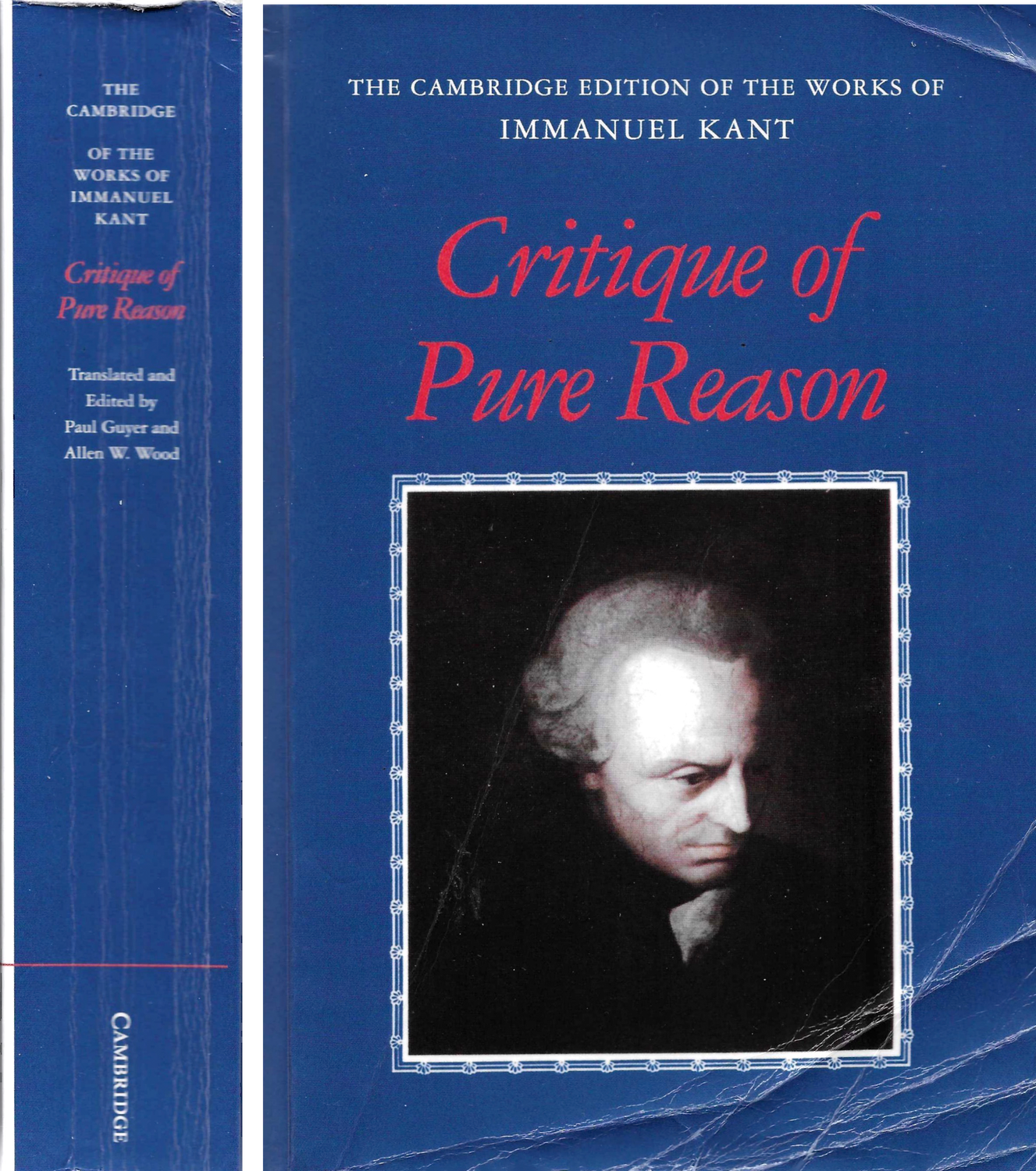
Critique of Pure Reason – Immanuel Kant
Immersion: medium — I spent countless hours reading, annotating, listening to commentary about, and writing about this hunk of a book. It was very rewarding and has been applicable to many readings I’ve done since. It was also hardly exhaustive: there are sections I haven’t even set eyes on, and much that I read but still barely follow (e.g., the transcendental deduction).
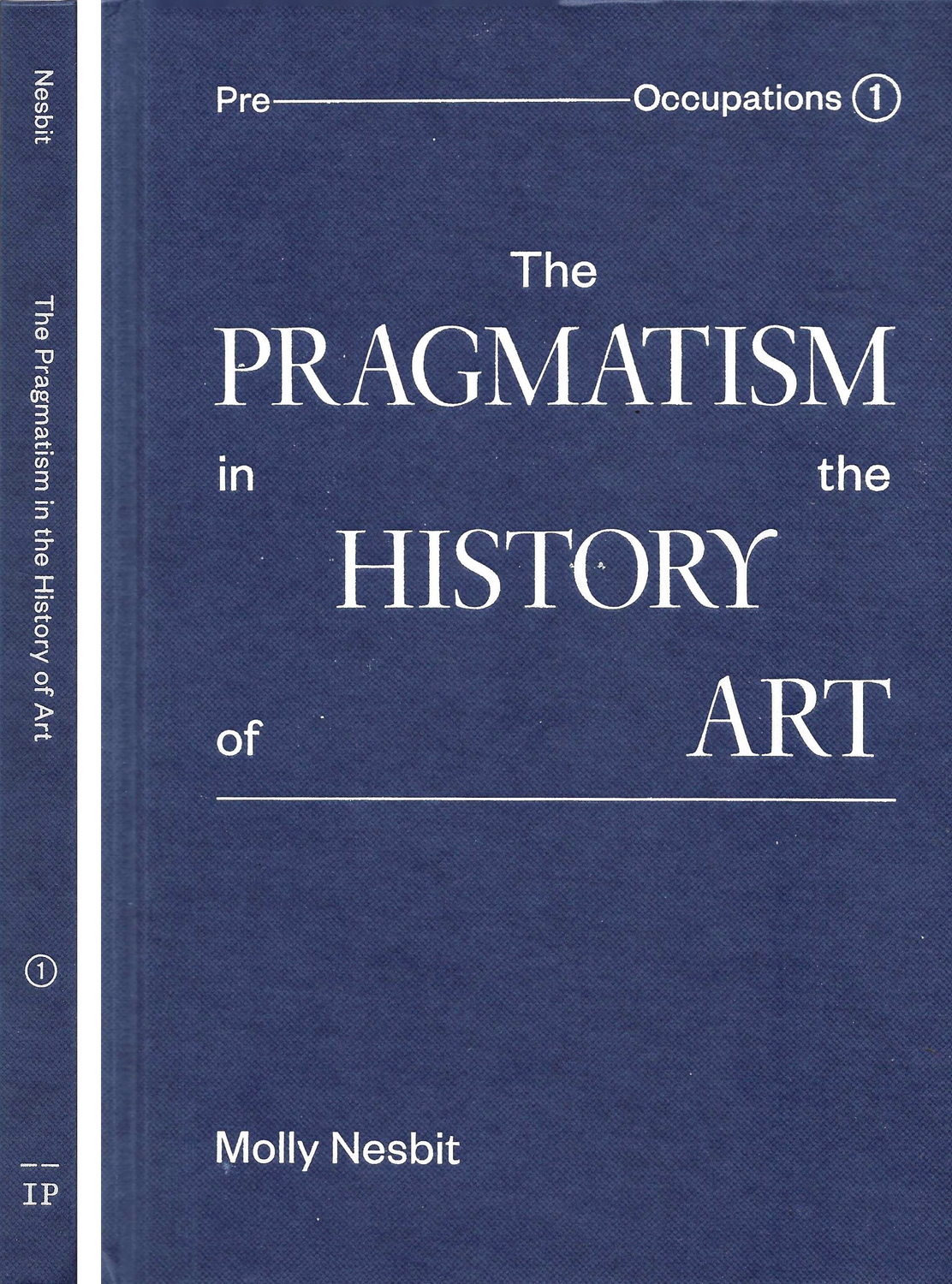
Pragmatism in the History of Art – Molly Nesbit
A birthday gift from Emily — Nesbit’s writing style and the postmodernist philosophical tradition she’s drawing upon are not my normal reading palette, but are refreshing for that reason. Apart from the prose, INFO-CO’s design is intriguing and beautiful. I really appreciate when design is applied thoughtfully to seemingly dry academic subject matter.
Immersion: shallow, lightly perused
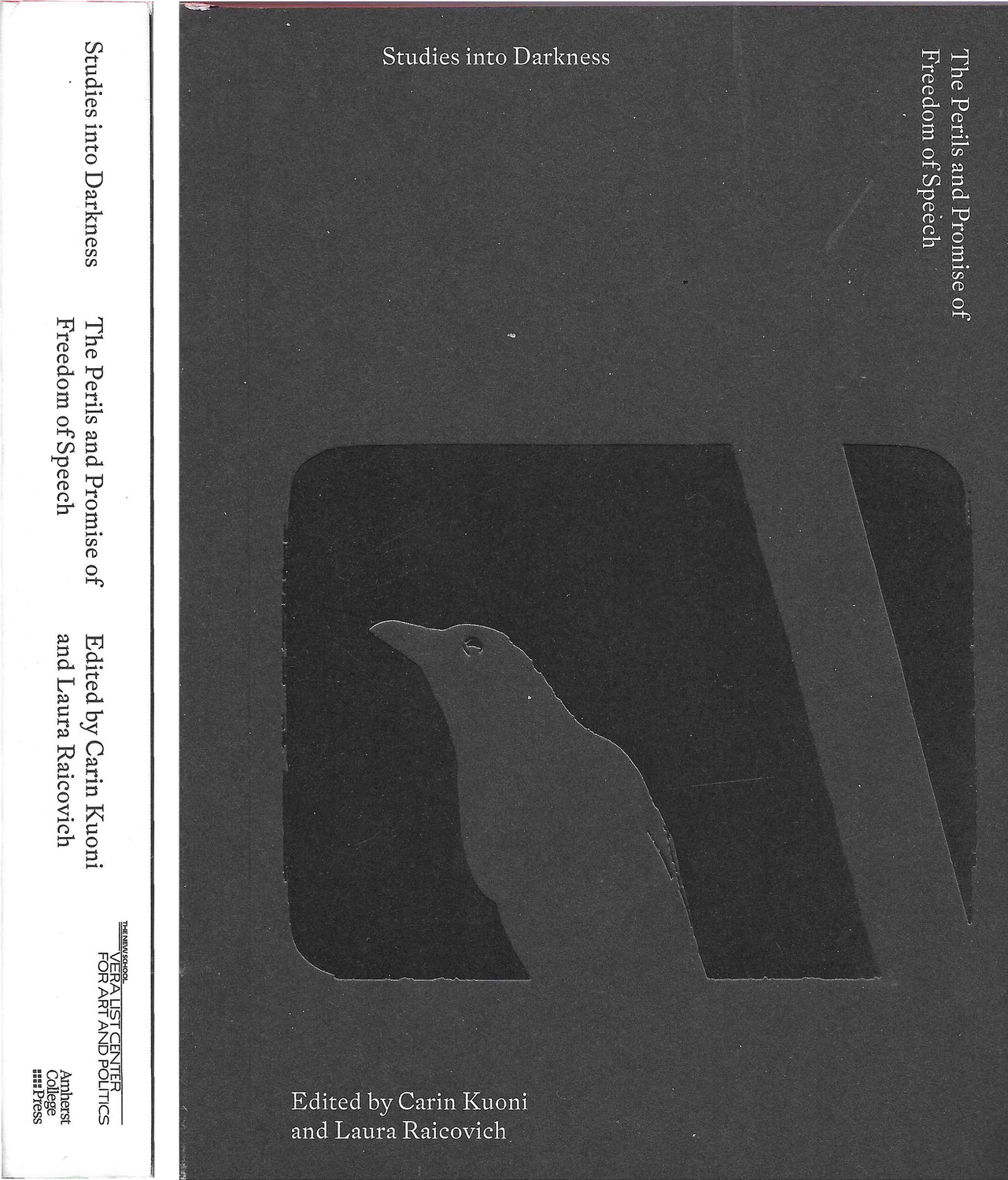
Studies into Darkness, edited by Carin Kuoni and Laura Raicovich
This is a new volume from the Vera List Center, derived from a lecture series at The New School exploring contemporary discourse around free speech. I’m as morally invested as anyone in the contentions and contradictions surrounding free speech, but I also find them academically fascinating, as one area in American law and culture where you see the seams in our conventional worldviews.
I get the feeling from the one chapter I’ve read, by Mark Bray, that the perspectives herein will be a lot more anti-institutional than what I’m used to (or am generally predisposed to agree with) — I’m looking forward to that exposure.
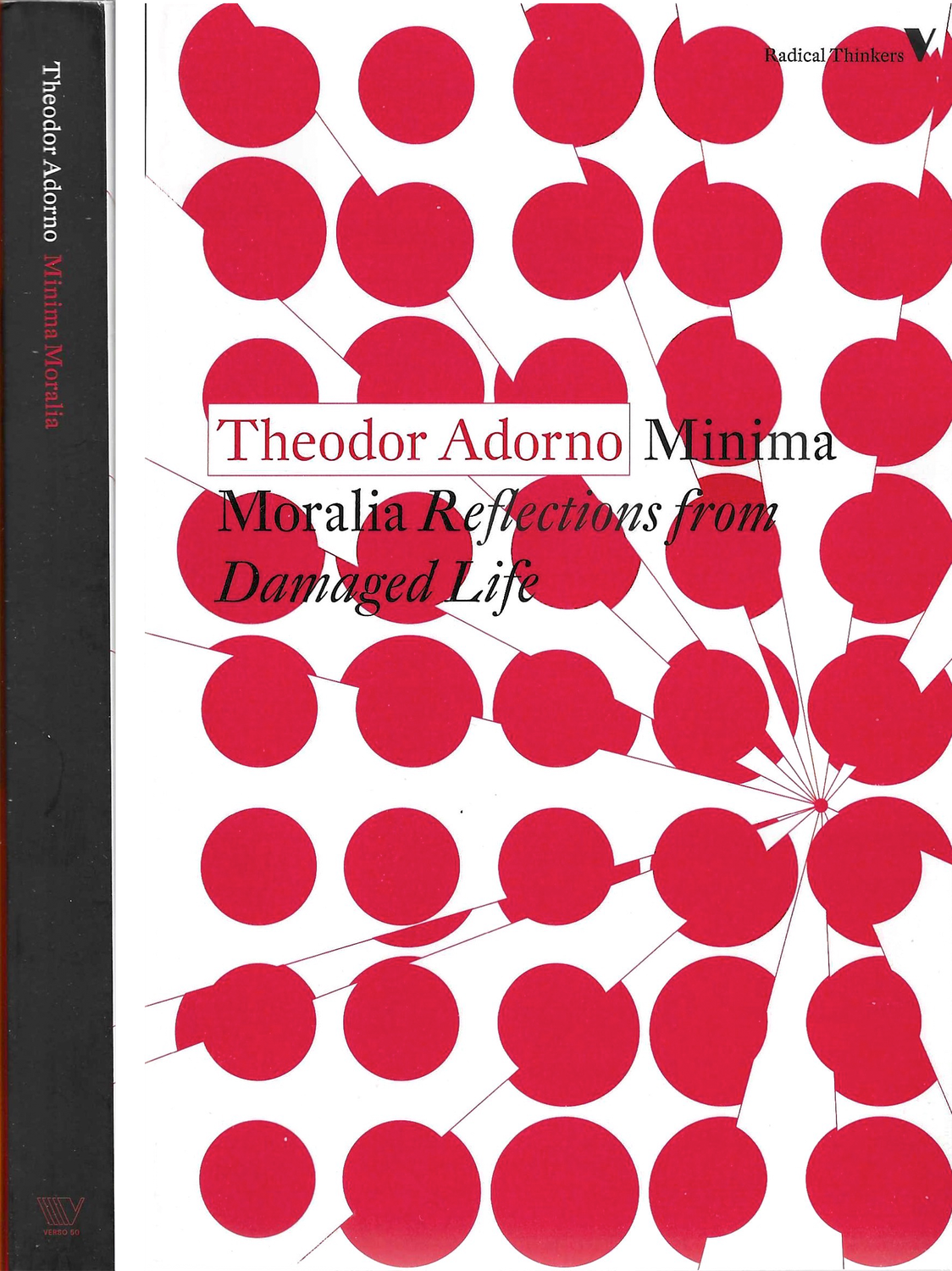
Minima Moralia – Theodor Adorno
A gift from my family — very unlike anything I normally read or would pick out for myself, but once again I value it for that exposure.
Immersion: shallow, lightly perused
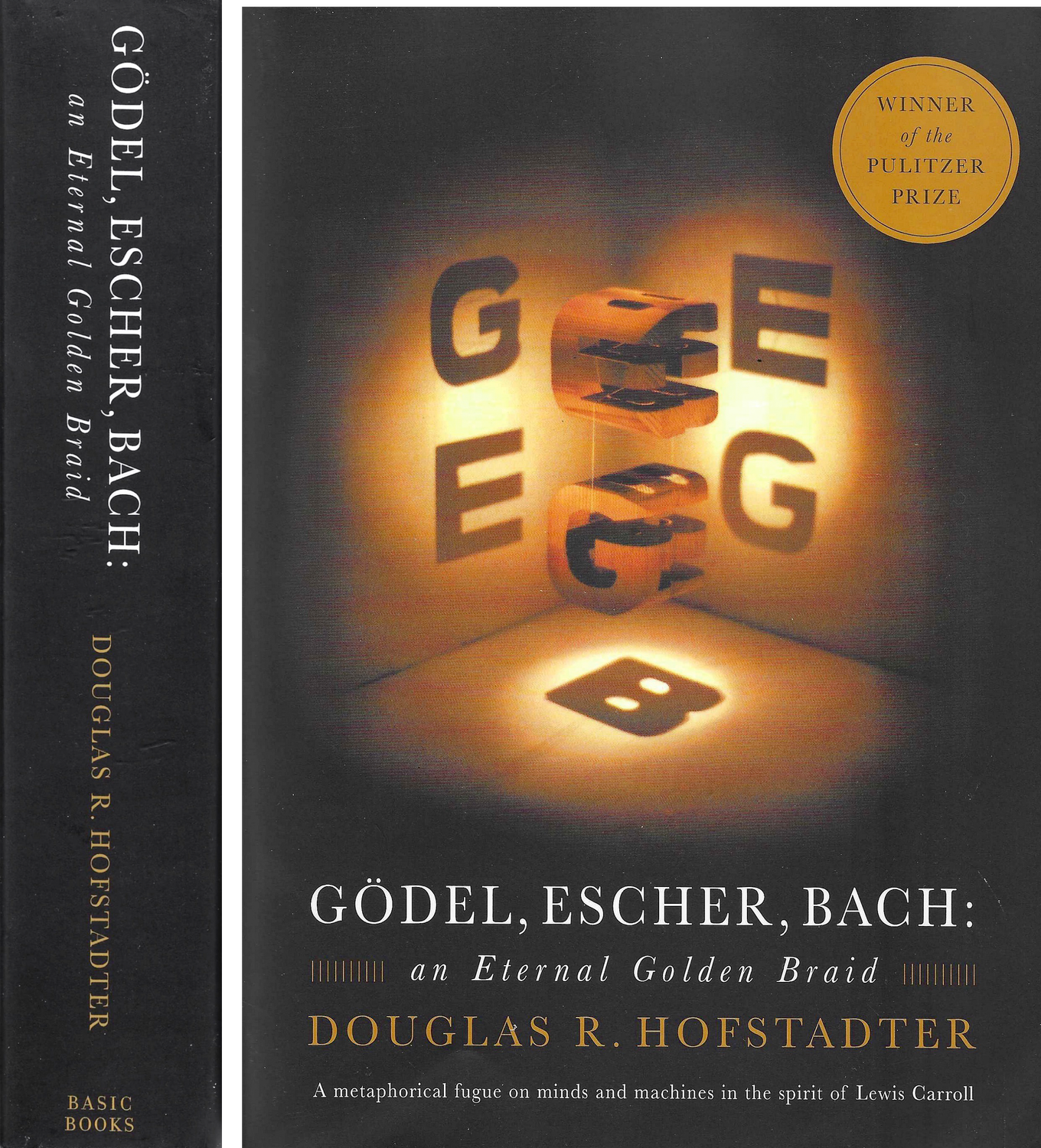
Godel, Escher, Bach: an Eternal Golden Braid
This book and its author (who has elsewhere argued with Donald Knuth about typography) are really fascinating to me for their creative engagement with logic, analytic philosophy, and mathematics alongside art and literature.
Immersion: medium — I was for a time reading this regularly, but definitely a lot left and I want to revisit it soon.
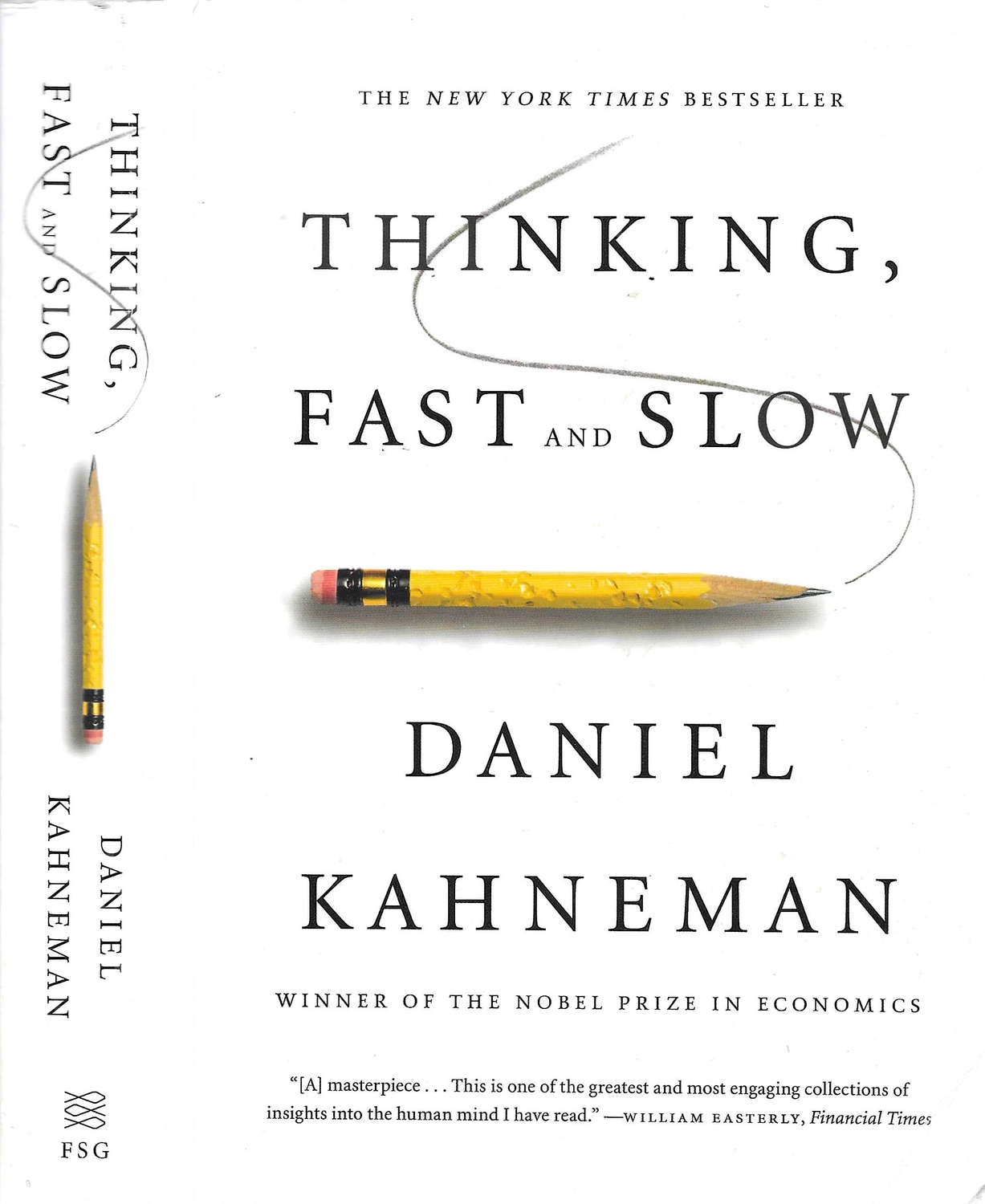
Thinking Fast and Slow - Daniel Kahneman
I got this book after it was recommended to my social psychology class by our professor, who also introduced Kahneman’s studies within the course. I think the most powerful takeaway from his research for me was that a huge portion of human thought and behavior which appears to be the product of explicit reasoning is in fact driven by automatic and imprecise intuitions. There’s a lot of resonances with this idea in philosophy of mind.
Immersion: shallow — despite my larger takeaway, and having read a considerable chunk of the book, I haven’t necessarily actively engaged with the material (especially considering the standard set by Andy Matuschak in Why Books Don’t Work).
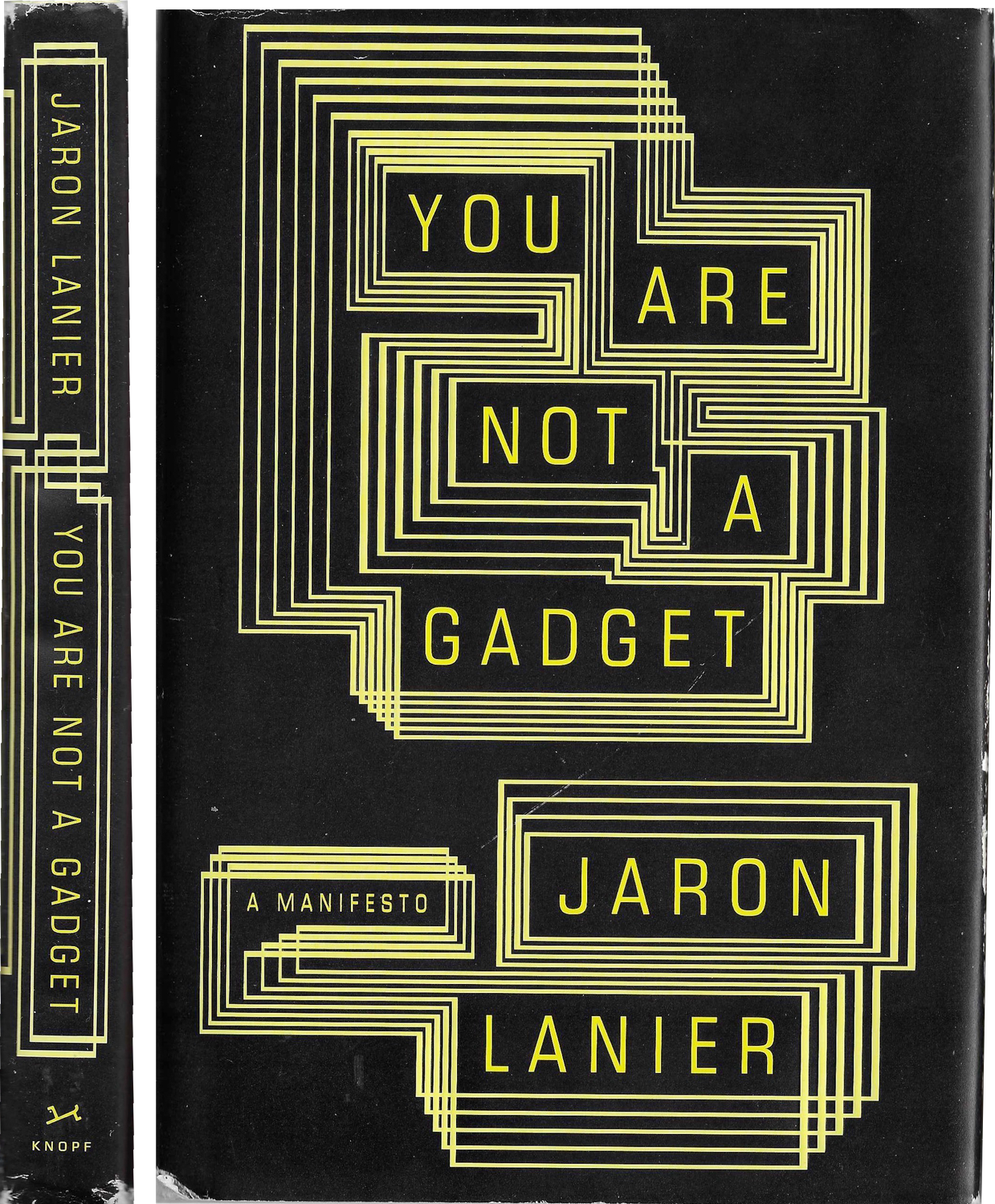
You Are Not a Gadget – Jaron Lanier
I really value Lanier’s perspective on the way in which interfaces can and have changed the way we relate to each other and think about ourselves.
Immersion: medium — read it cover-to-cover and took notes, have integrated the ideas in bits of informal writing.
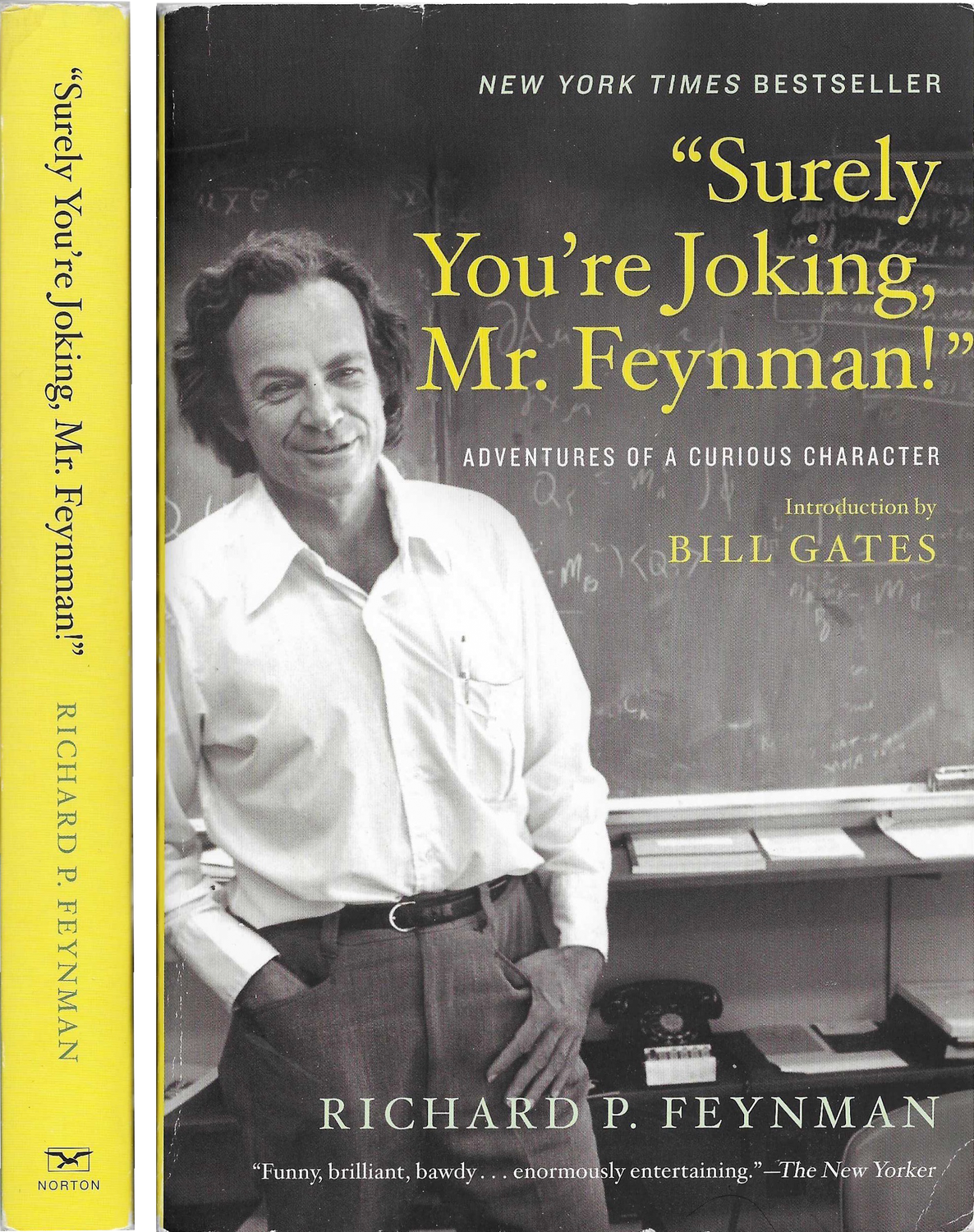
Surely You’re Joking, Mr. Feynman!
Feynman is a hilarious and endearing character, putting side some unfortunate prejudices agaisnt the “soft” sciences and liberal arts.
Progress: read cover-to-cover multiple times, first time as an audio book in my dad’s car on the way to school.
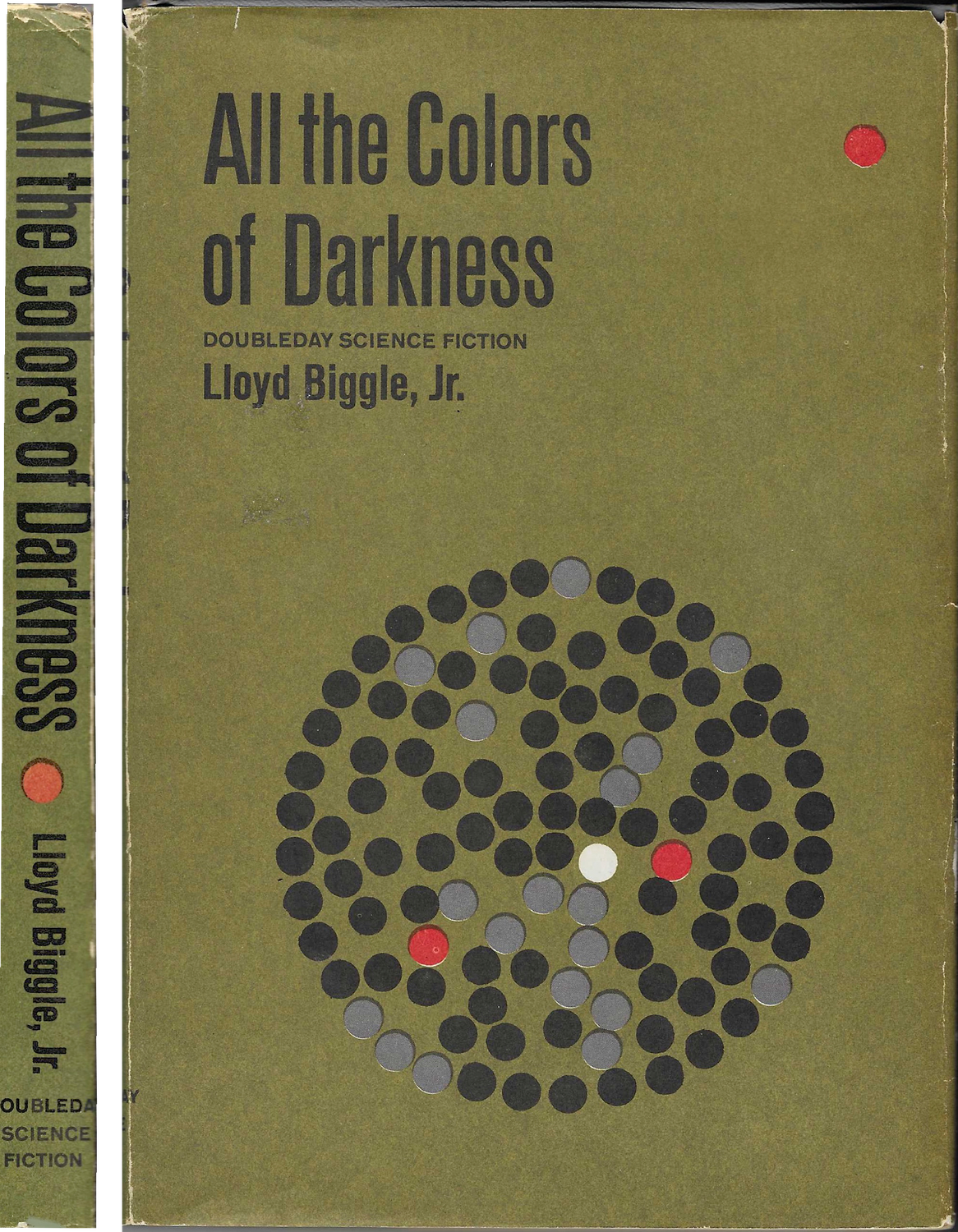
All the Colors of Darkness – Lloyd Biggle Jr.
Found this in a book store/cafe (where I’m currently writing this) and unabashedly purchased for the beautiful cover. But I’ve been enjoying the novel a lot.
Progress: about 70% through.
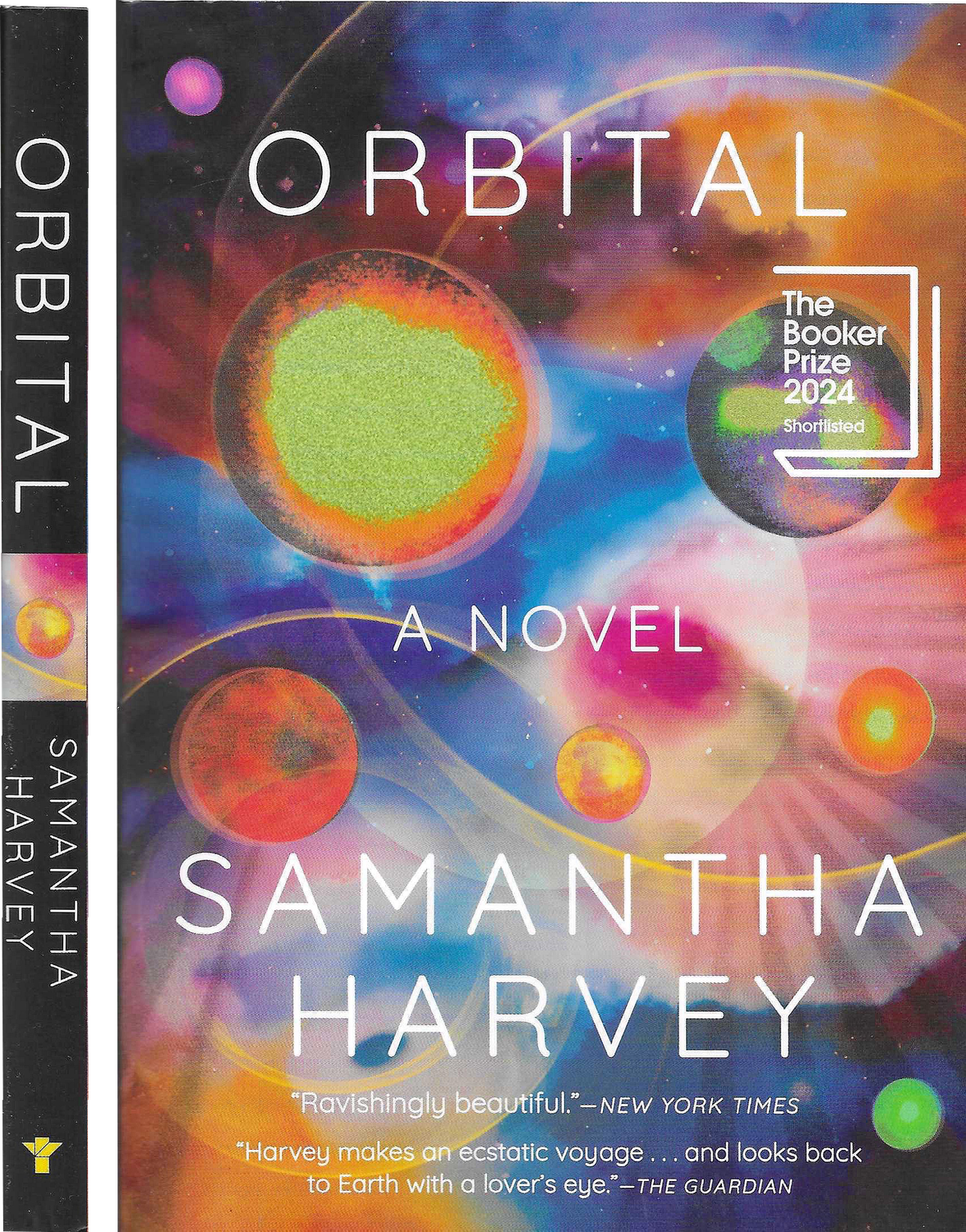
Orbital – Samantha Harvey
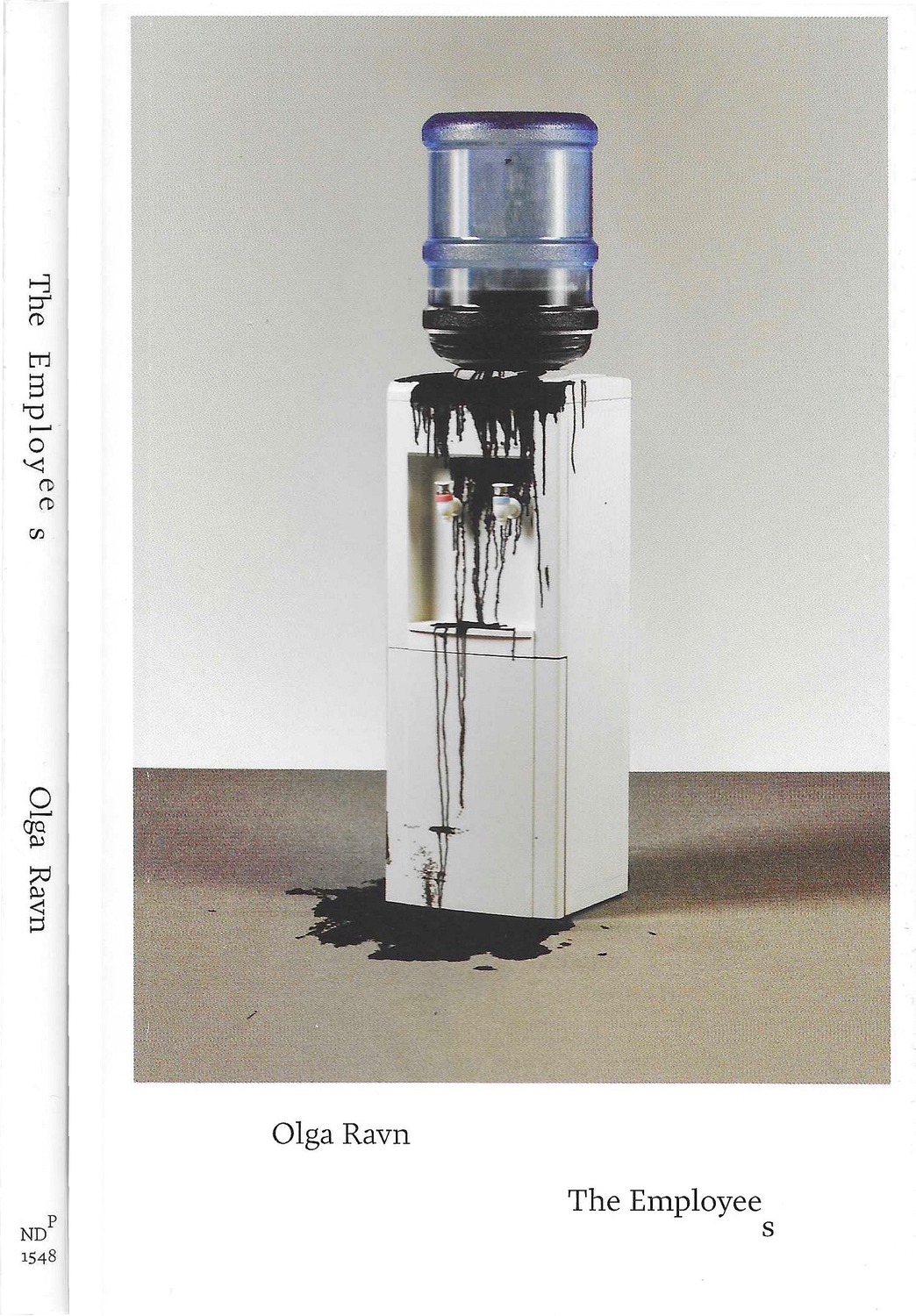
The Employees – Olga Ravn
I’ve now done one read-through — short, sweet, profound, and beautiful. Without giving away too much, there were echoes of Electric Sheep in the way that the author treats the dynamic between humans and humanoids, the phenomenological experience of the latter, and the visceral horror of a techno-capitalist future. When it came to those themes, I actually enjoyed/appreciated it a lot more than the Philip K. Dick classic, which I find too utterly despondent, coarse, and misanthropic.
Then there were “the objects”, which ultimately felt less central to the narrative to me than the author was trying to make them; though I think this may be because I haven’t totally figured out their mysterious significance, and also because the aforementioned themes more immediately captivated my personal interests. It seems they were based on a set of sculptures by Lea Guldditte Hestelund, which also sparked the original conception of the book — there’s an interesting discussion of this collaboration here.
In general I think this book would lend itself to repeat reading — even as I went once-through, I noticed myself paging back-and-forth, referring to past entries as I pieced things together.
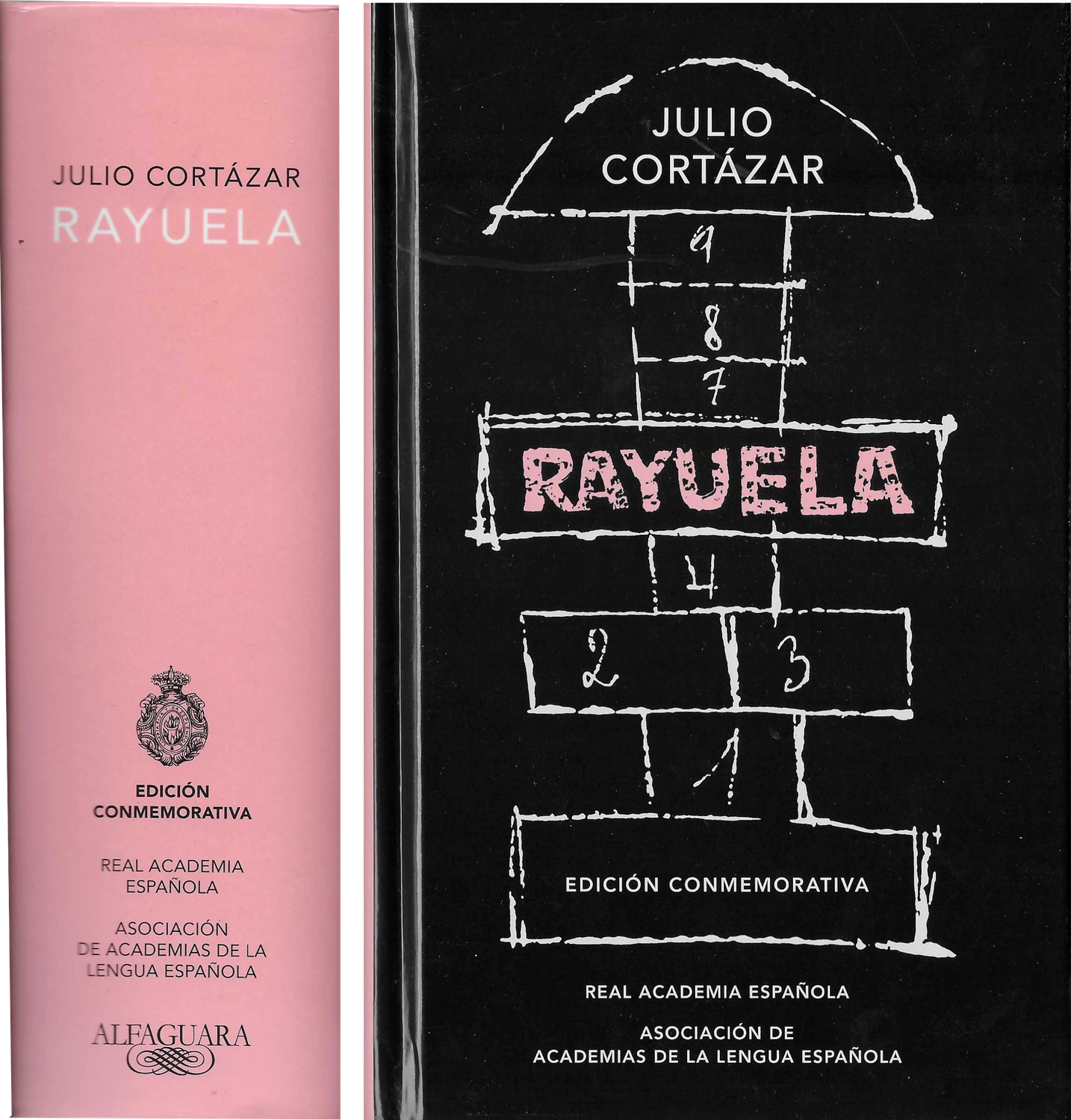
Rayuela – Julio Cortázar
Was gifted to me alonside the English translation to the right by my parents after I showed them a design project I did with a similar nonlinear structure, and expressed interest in re-learning Spanish through literature. Given how challenging this novel is even in English, I don’t know if it’s the best work to start that off with, but I aspire to regain enough fluency some day that I can enjoy Cortázar in his native tongue.
Progress: none, lightly perused.
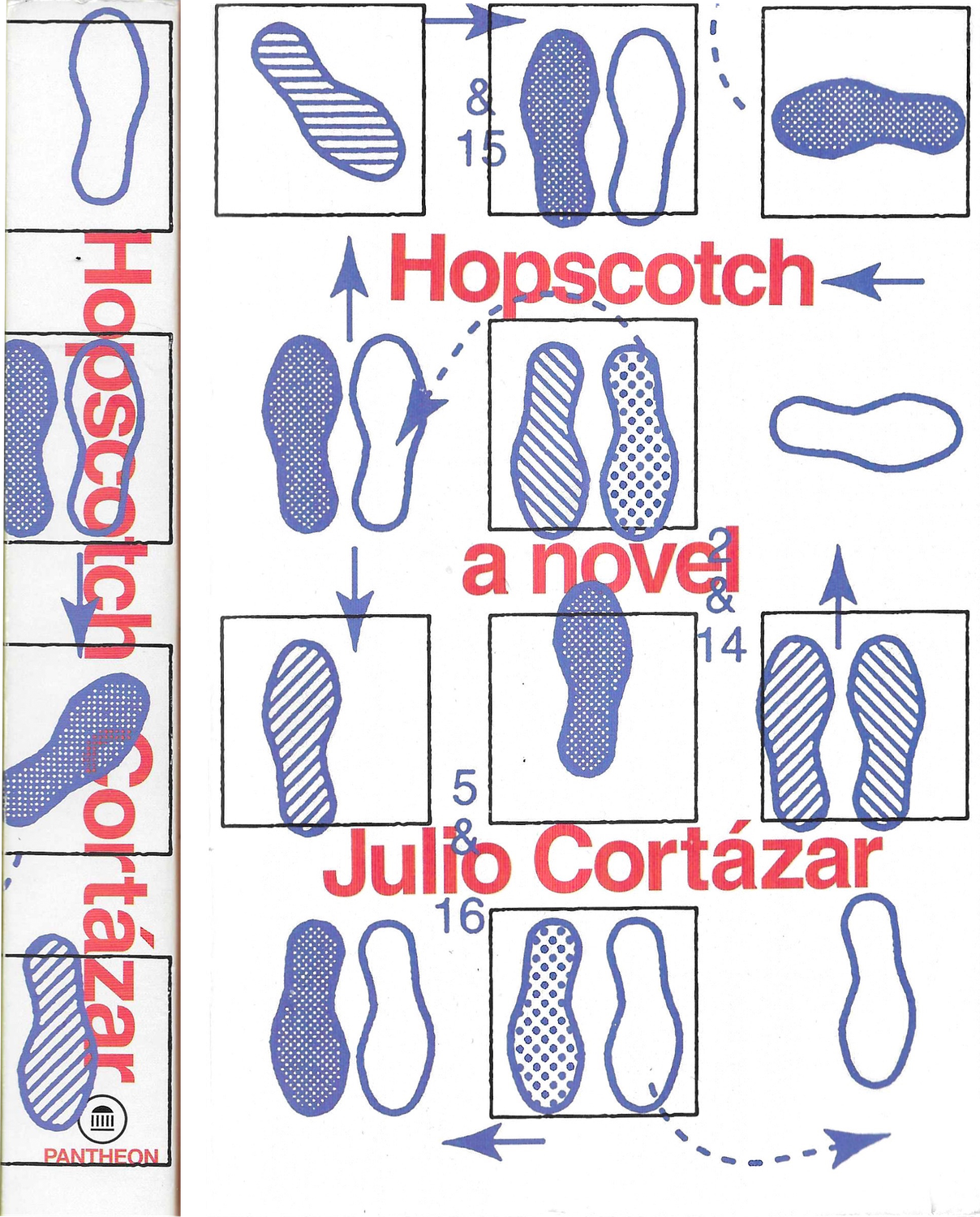
Hopscotch – Julio Cortázar
See my entry on the original Spanish text to the left for context.
Progress: around 30% through it, going through the linear way from chapter 1-56 (I know, I’m boring). Emily is reading it the cool way and we agreed to compare experiences when we finish.
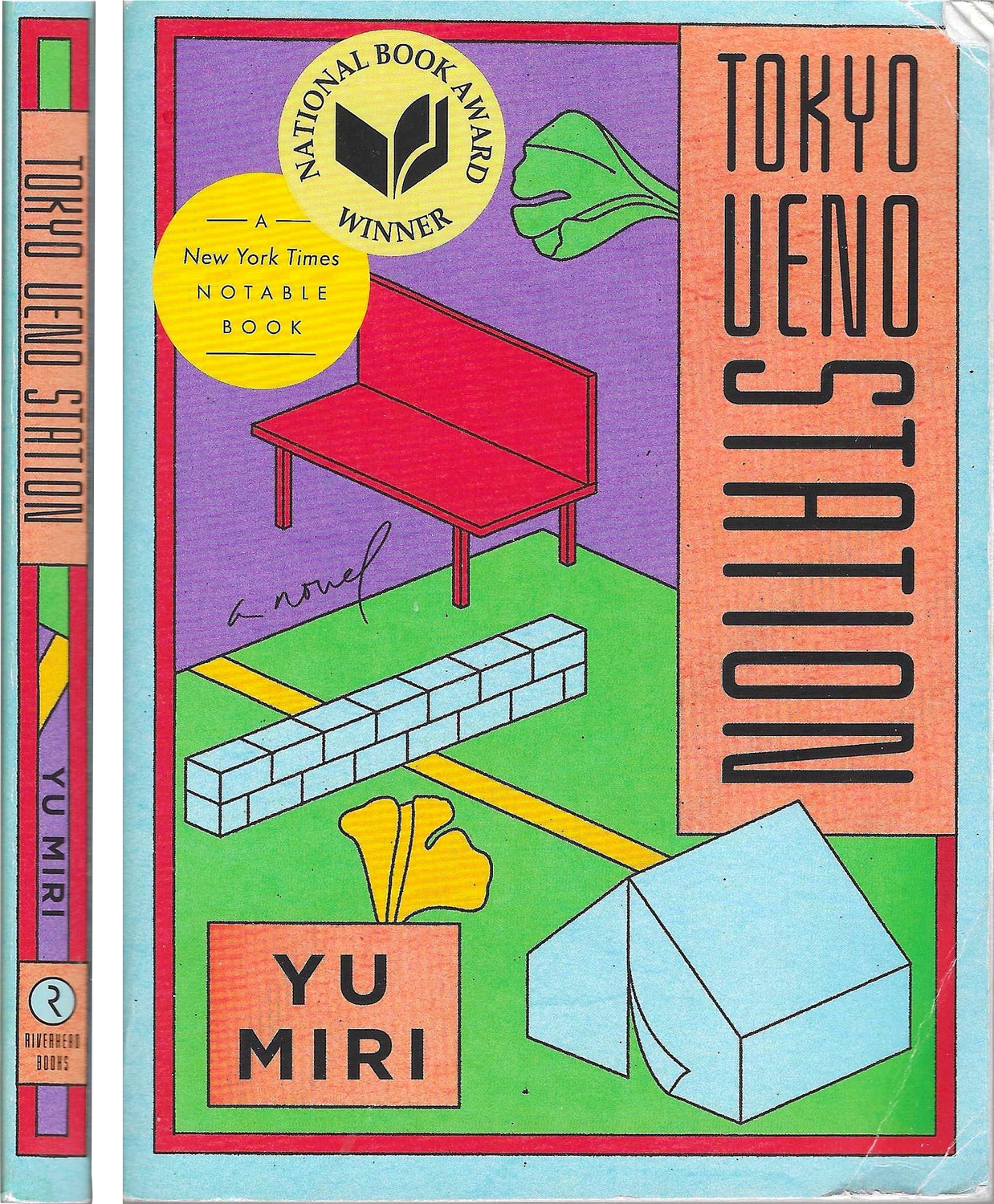
Tokyo Ueno Station – Yu Miri, trans. Morgan Giles
Found with Emily in an SFO gate bookstore while waiting for our flight back to New York. She got The End of August, also by Yu Miri, and we have been respectively working our way through the novels. Tokyo Ueno reads like a meandering train of thought — only one chapter, and the barest of partitions between sections. It’s been a rewarding return to literature for me, prompting me to rethink my attitude towards the genre a little bit.
Progress: Read once cover-to-cover.
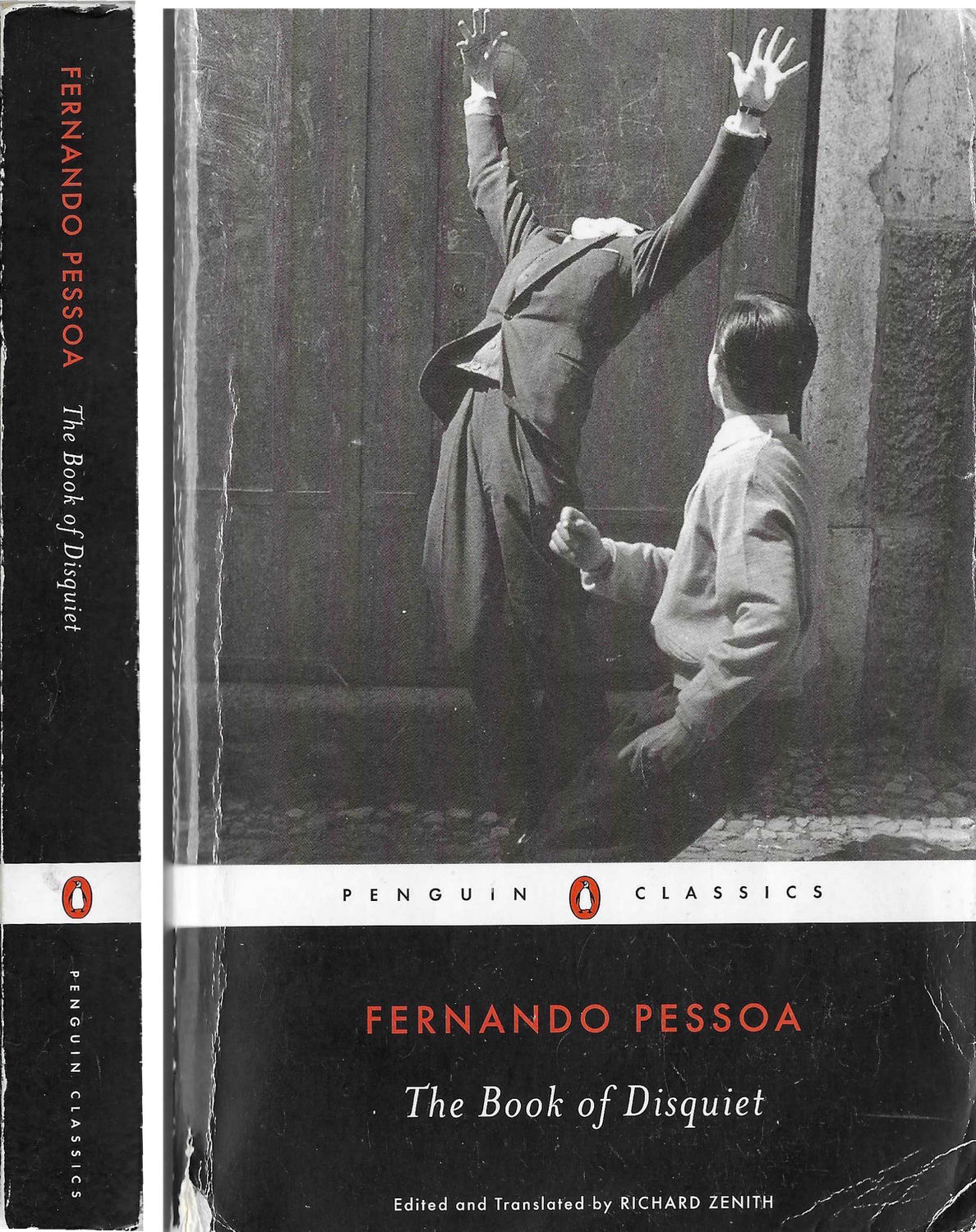
The Book of Disquiet – Fernando Pessoa
Immersion: shallow, read through ~40% but would need to re-read to develop a real connection with the poems and fragments. Nonetheless at the level of pleasure I love what I have read, the style and structure of the writing as well as its engagement with philosophy appeal deeply to me.
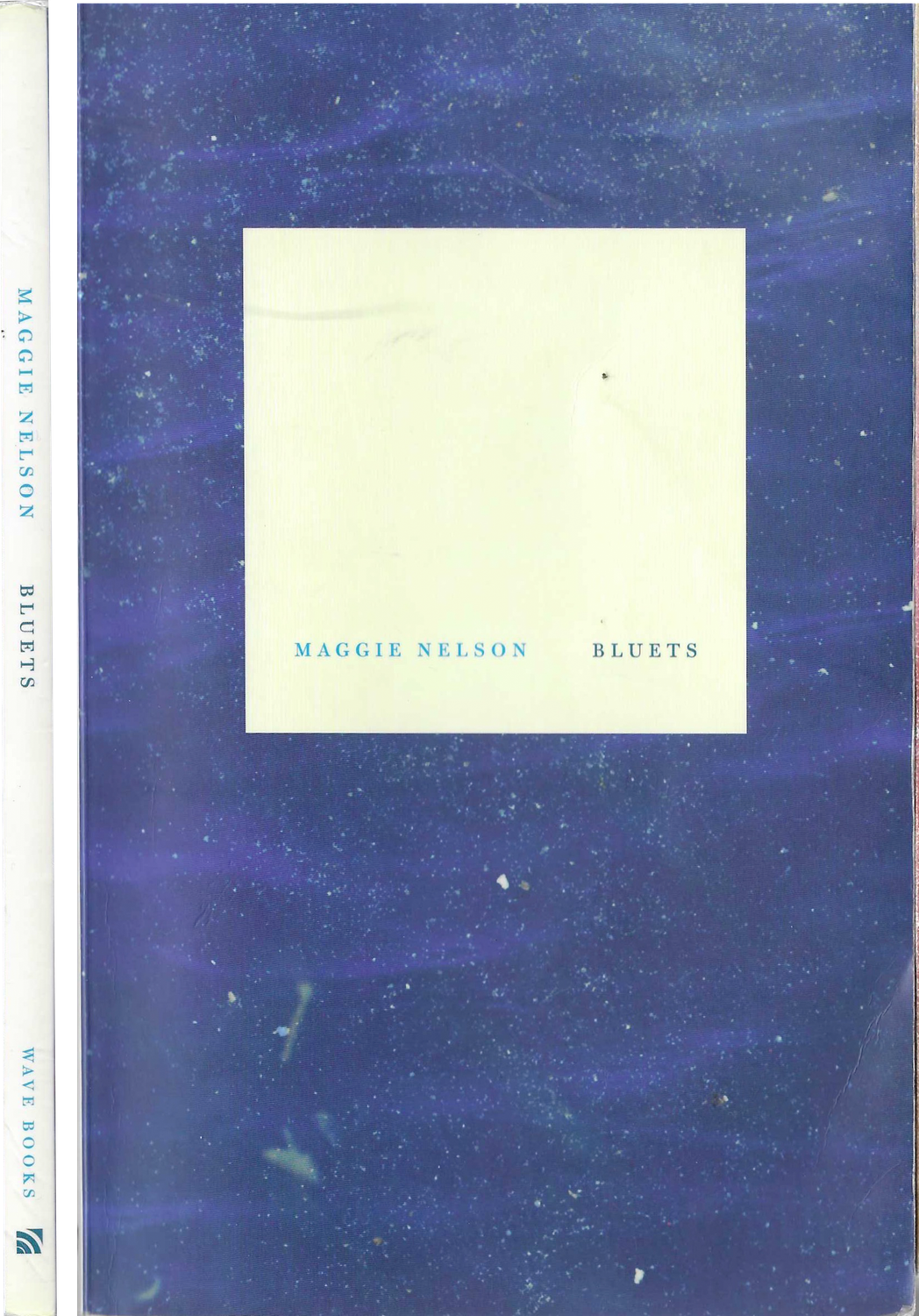
Bluets – Maggie Nelson
I was introduced to this book appropriately in a freshman seminar entitled ‘Poetry and Philosophy` and deeply enjoyed it for its concept, literary style, and the aphoristic structure. I would like to revisit it soon, although my copy is unfortunately covered in the pen scribbles of my naive 18-year-old self.
Immersion: medium, read all the way through but nothing beyond that.
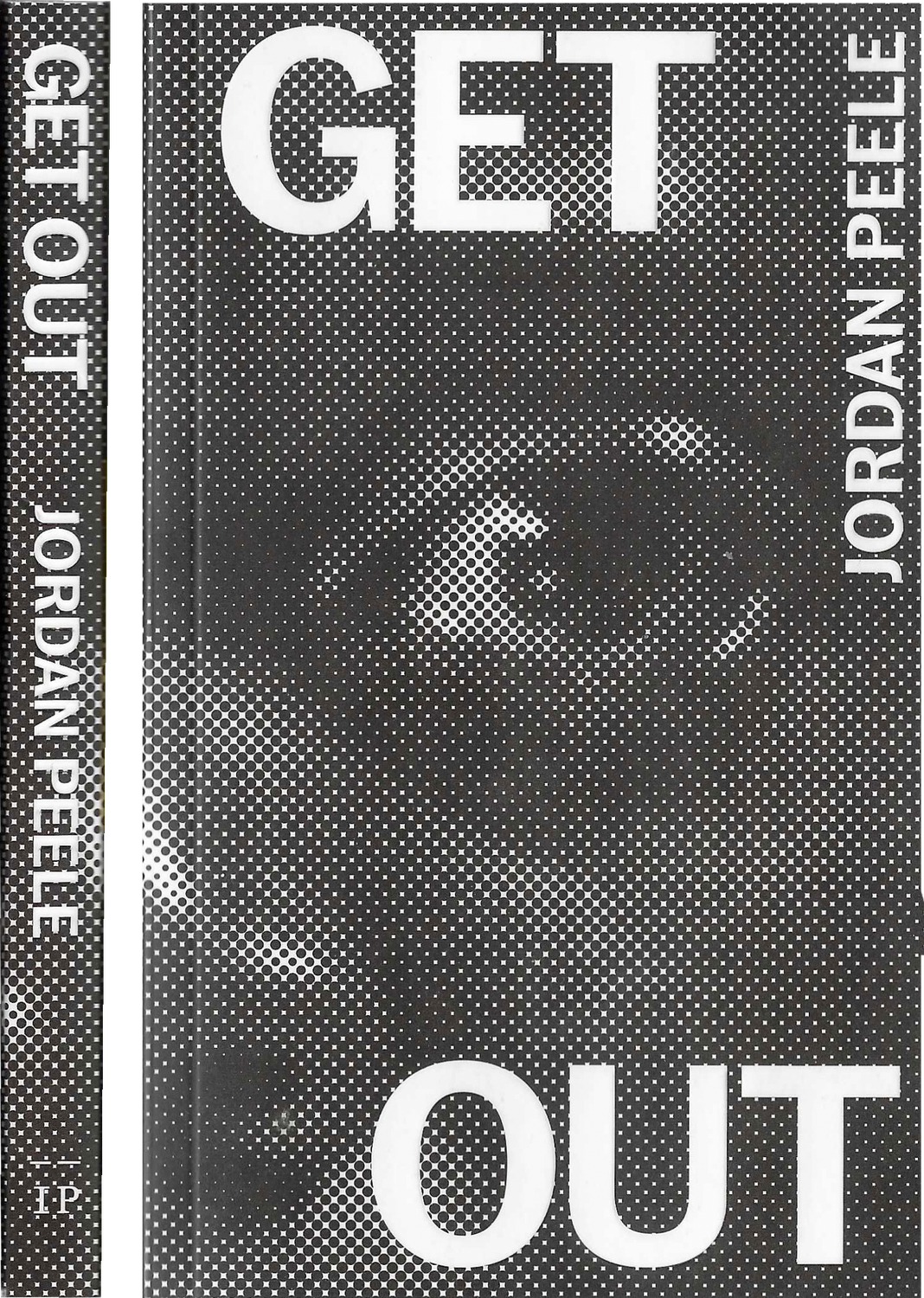
Get Out – Jordan Peele, Tananarive Due
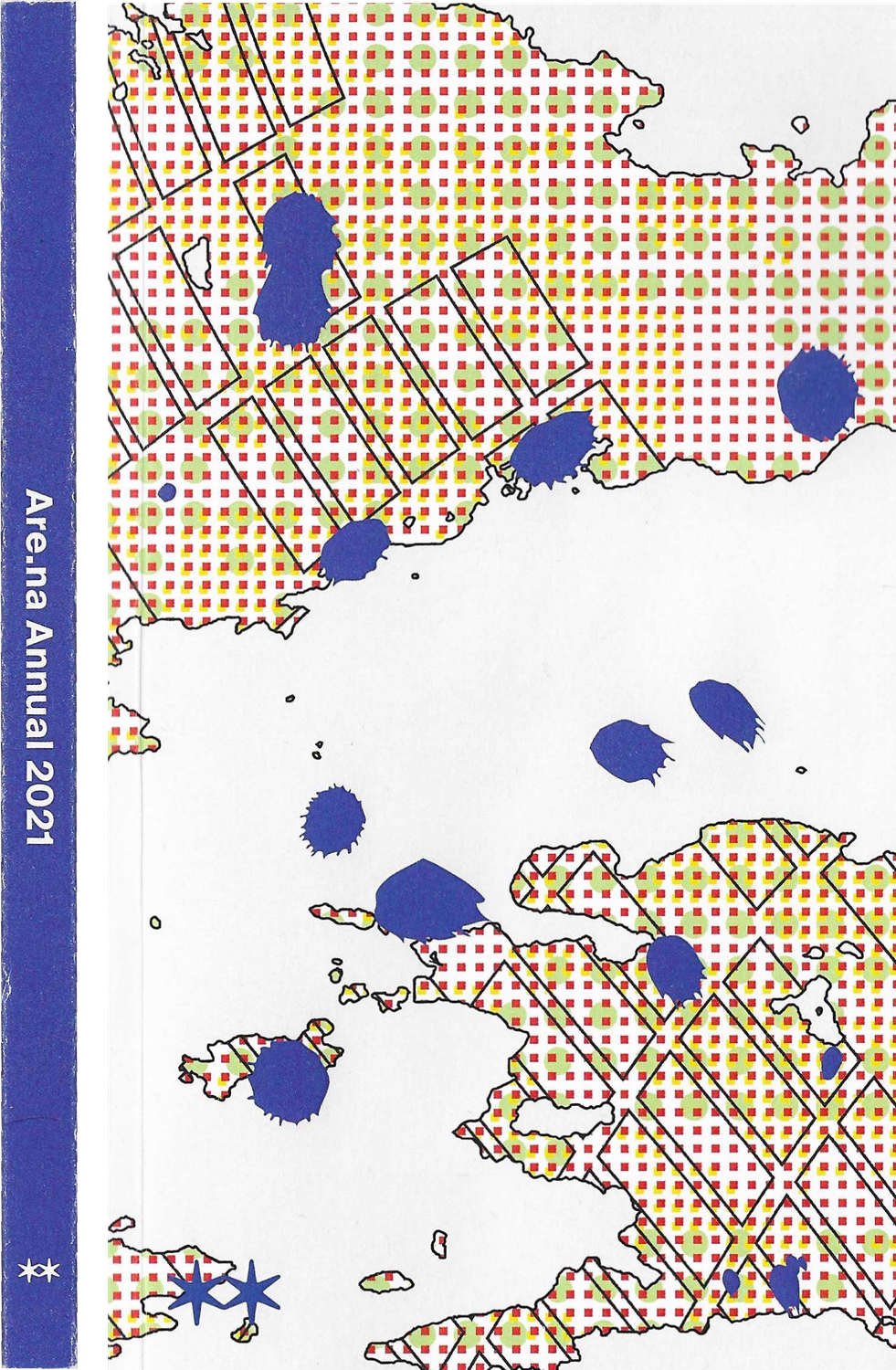
Are.na Annual 2021: Tend
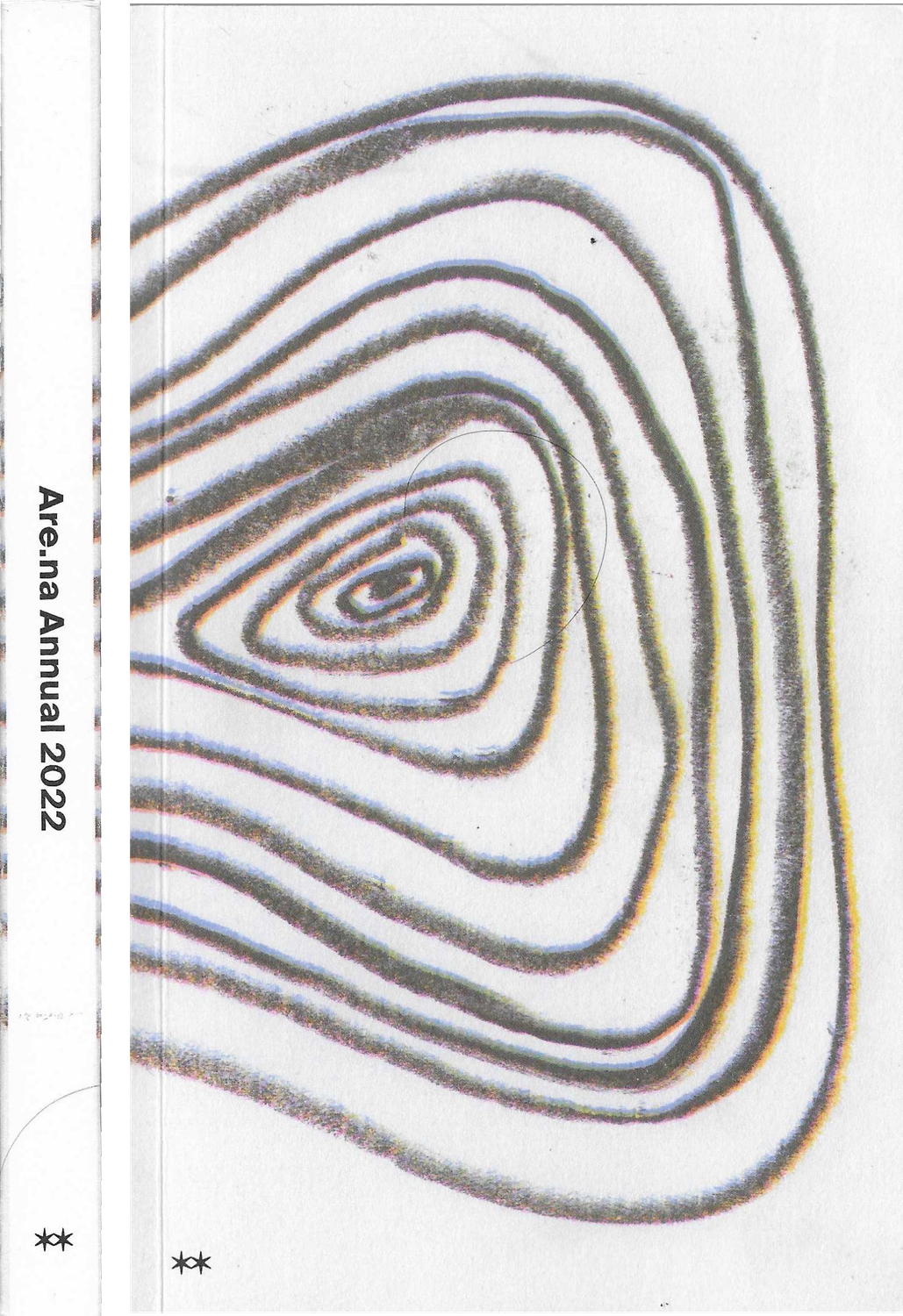
Are.na Annual 2022: Portal
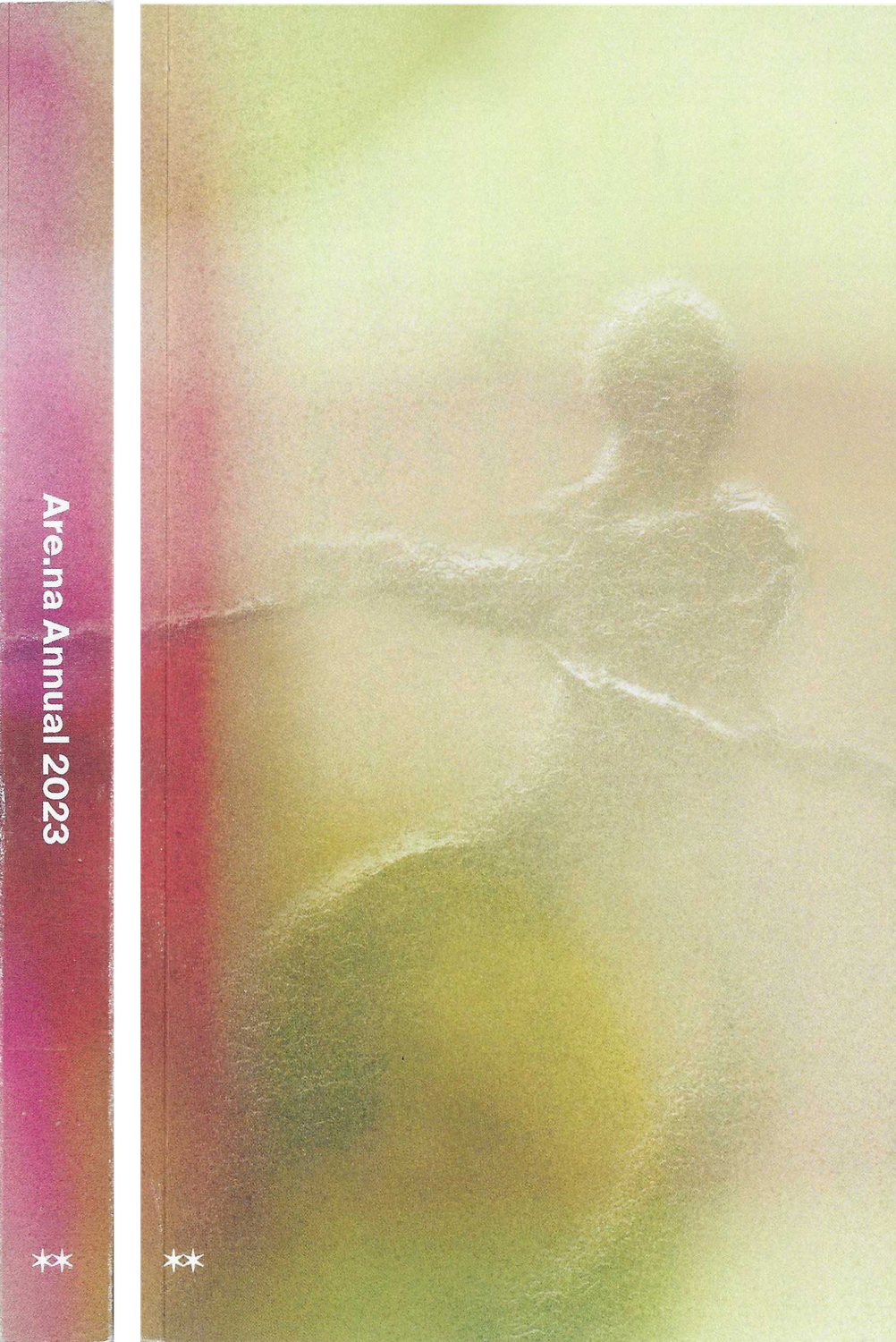
Are.na Annual 2023: Service
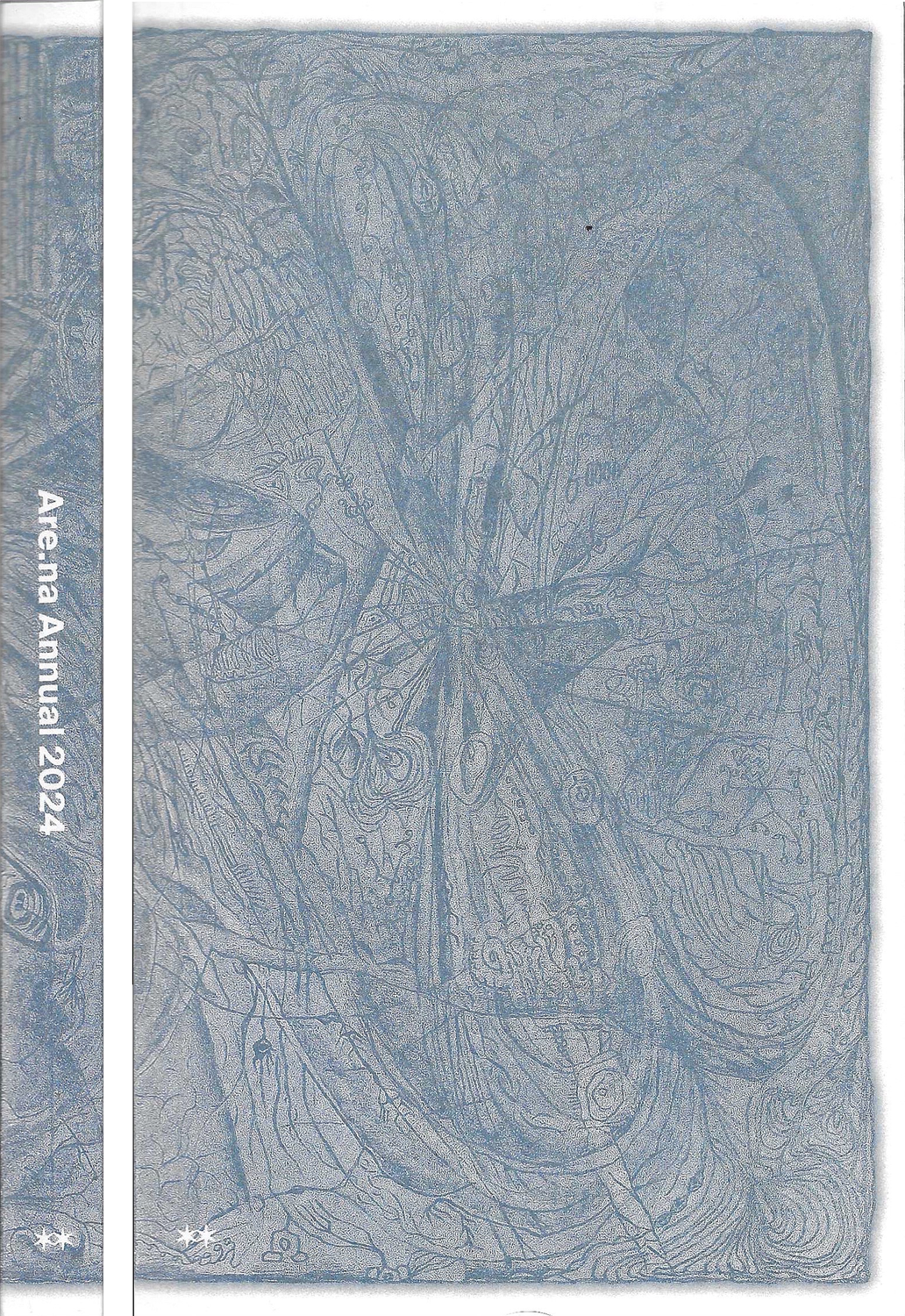
Are.na Annual 2024: Trace
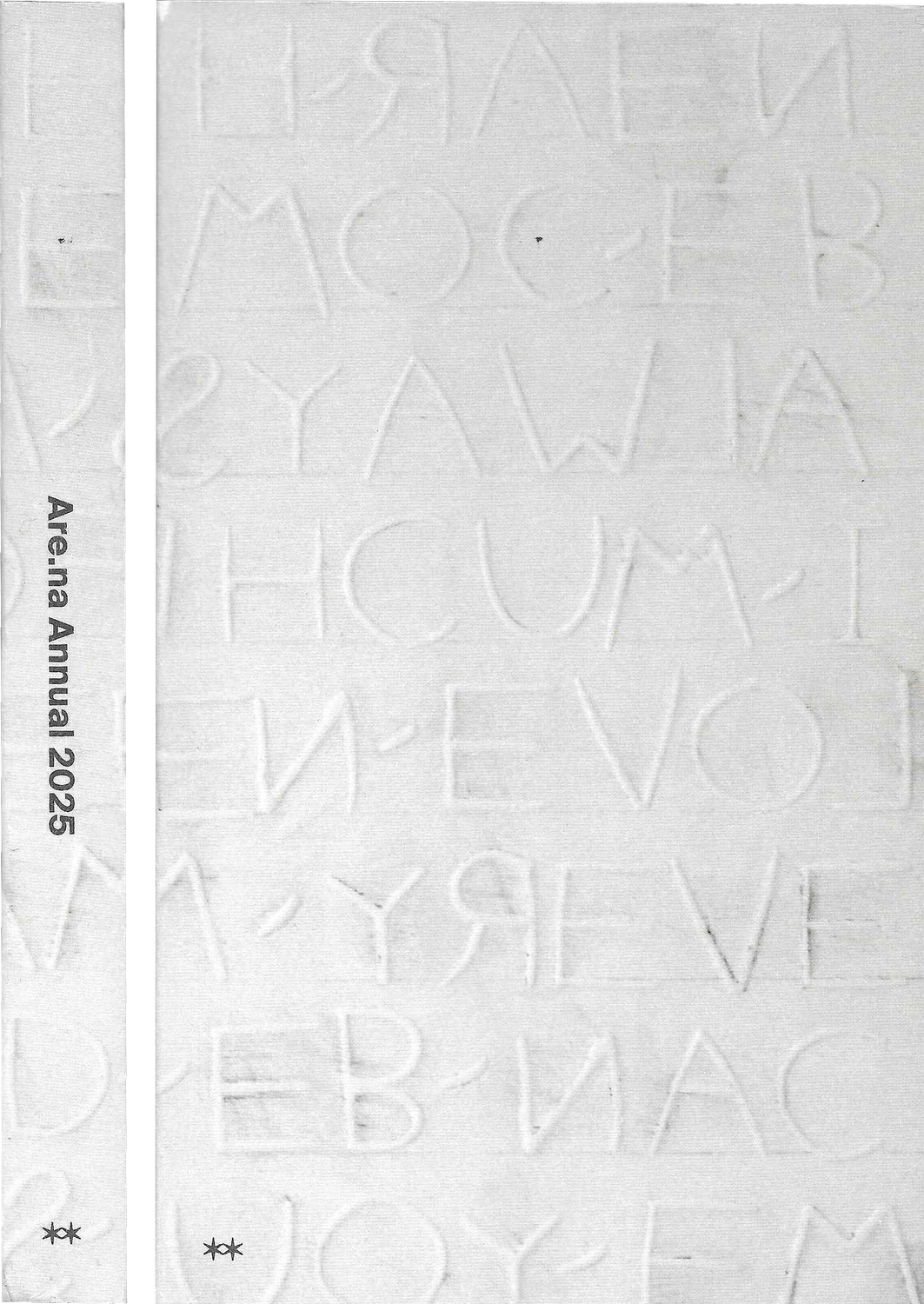
Are.na Annual 2025: Document
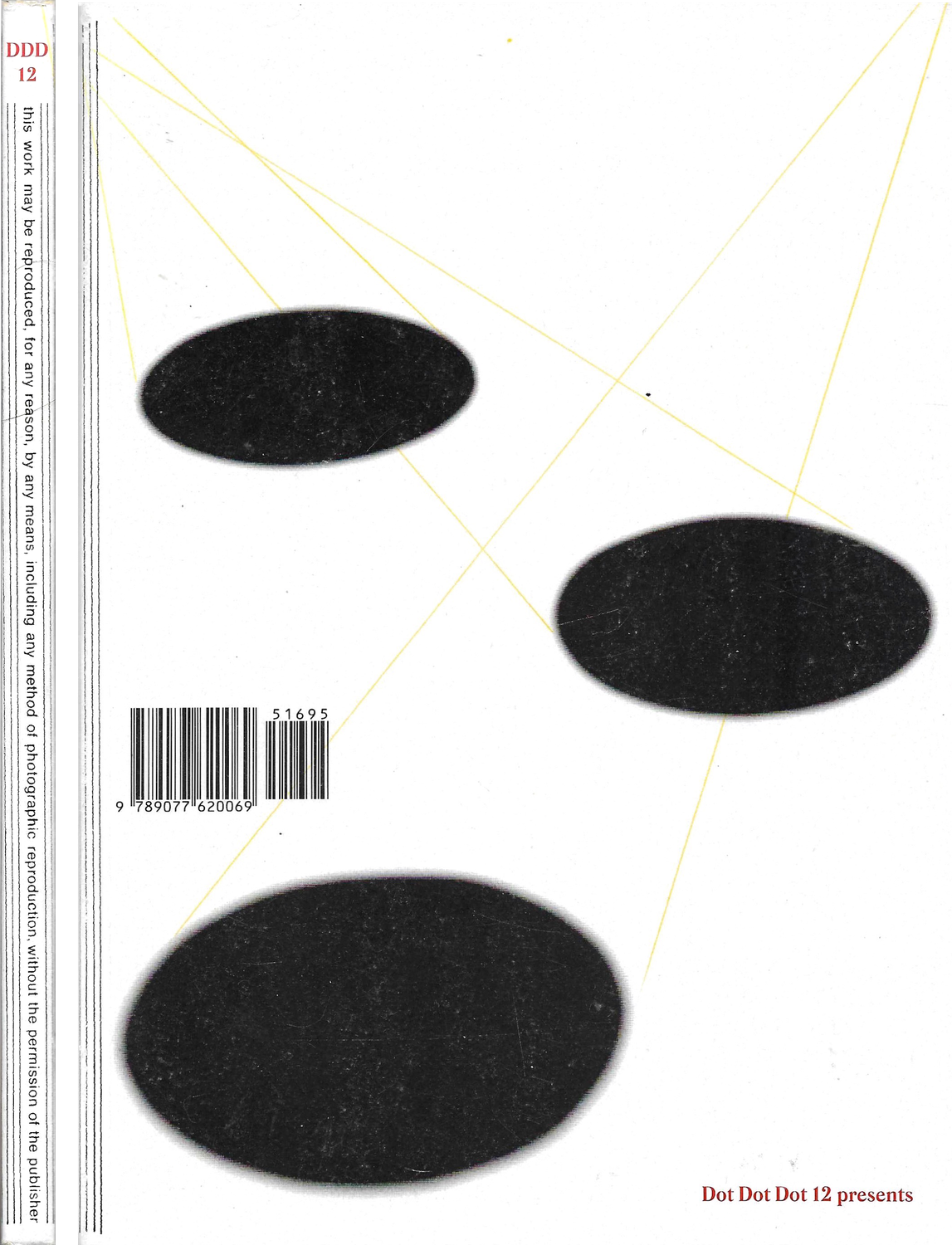
Dot Dot Dot 12
This out-of-print issue was discovered by Patrick miraculously at the Strand, and we agreed if one of us didn’t get it the other would and let him borrow it. I think the writing and design treatment are fascinating, completely holding up to the praise I’ve heard from folks like Jarrett Fuller. Also, in the spirit of the spine, I’ve digitized one of the essays and uploaded it here
Immersion: medium, just read through most of the essays once.

Publishing as Method, edited by Lim Kyung yong and Helen Jungyeon Ku
A kind gift from Patrick, who picked it up for me at an art bookstore in Korea; it’s a bilingual (English + Korean) collection of reflections and interviews on independent publishing practices in Asia, designed by Sulki and Min. I hope it’ll inform us in our own publishing endeavors to come...
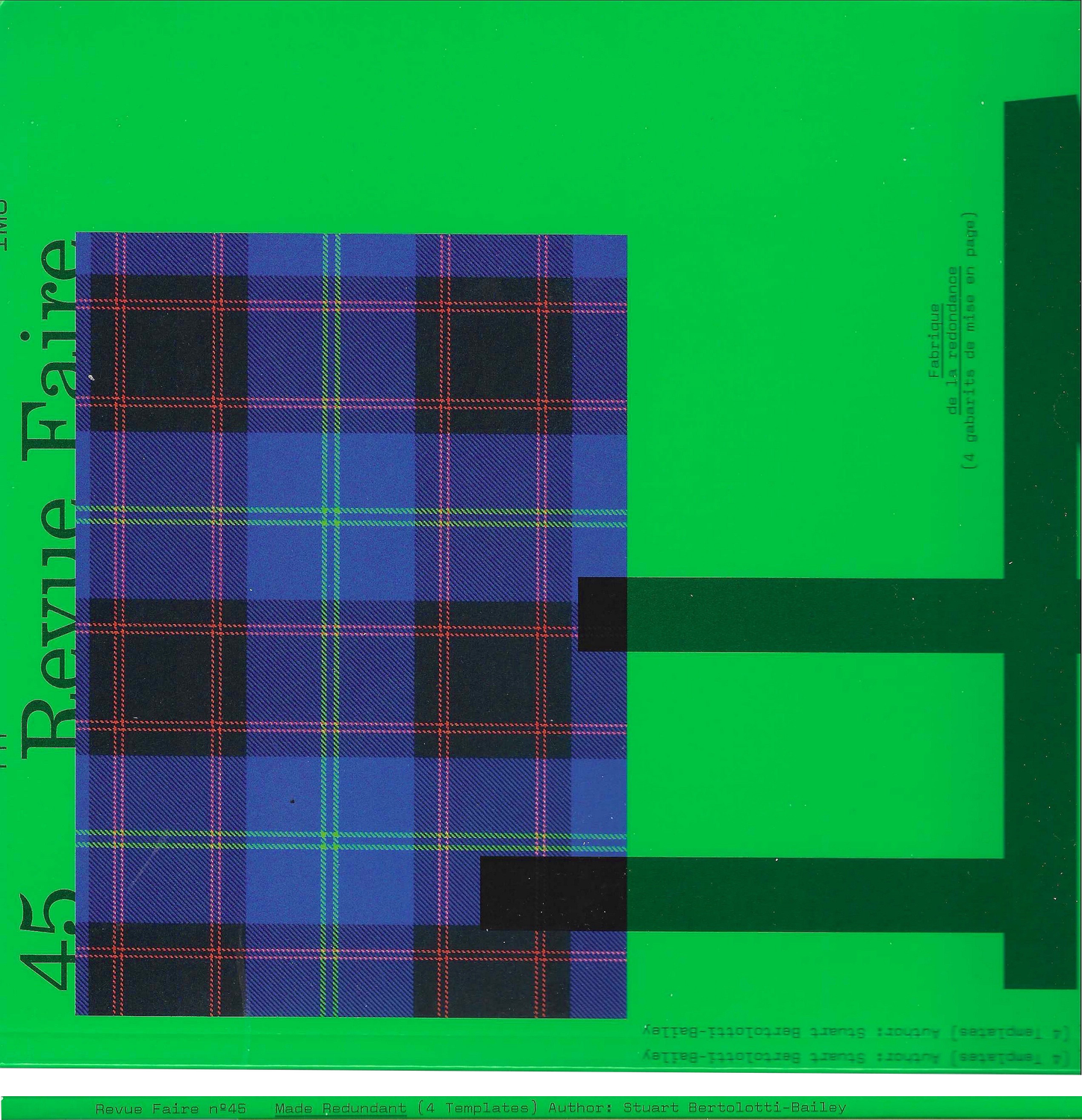
Revue Faire no.45, Made Redundant (4 Templates) – Stuart Bailey
Bending the rules a bit here by including an issue of a periodical, although I supposed I did the same with Dot Dot Dot (left/above). It’s fitting to pair the two, as Stuart Bailey was one of the key designers involved in Dot Dot Dot.
This collection of essays uses four projects to explore a thread running through his/Dexter Sinister’s design practice: the idea of creating, working within, and being in dialogue with templates.
Thus I think it also makes a good pairing with Designing Programmes (right/below), which is analogously a collection of 4 essays that use the works of the author as case studies, and which are concerned with the analogous idea of a “programme” or ruleset governing a design system.
Immersion: medium, one complete read-through.
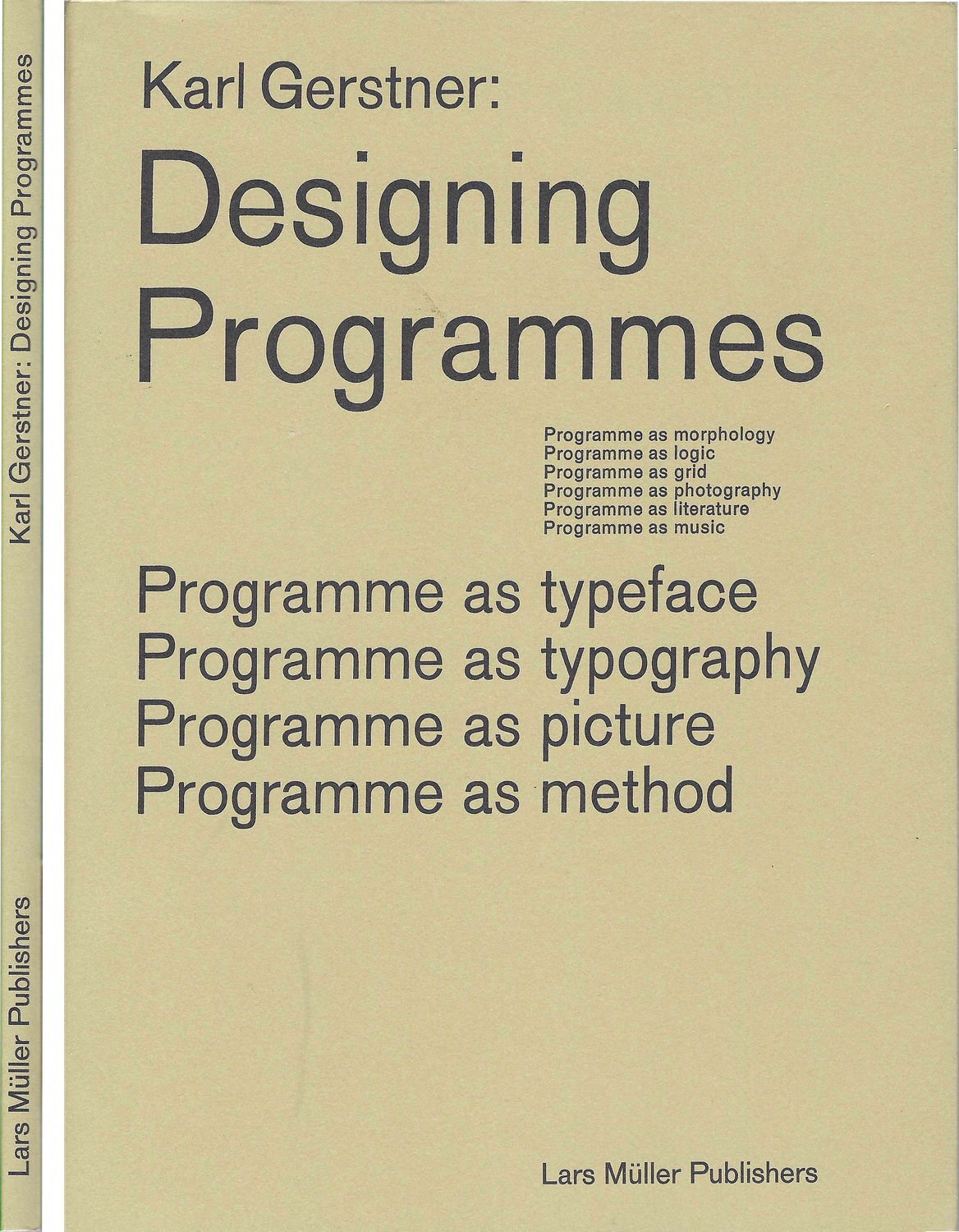
Designing Programmes – Karl Gerstner
A very kind gift from a former professor.
Immersion: light. I’ve only read the introduction and skimmed the sections. But this has been enough to give me the sense that the book’s ideas have a strong resonance with the ways I’ve thought about my own practice. I’ll say “more TK” on that for now.
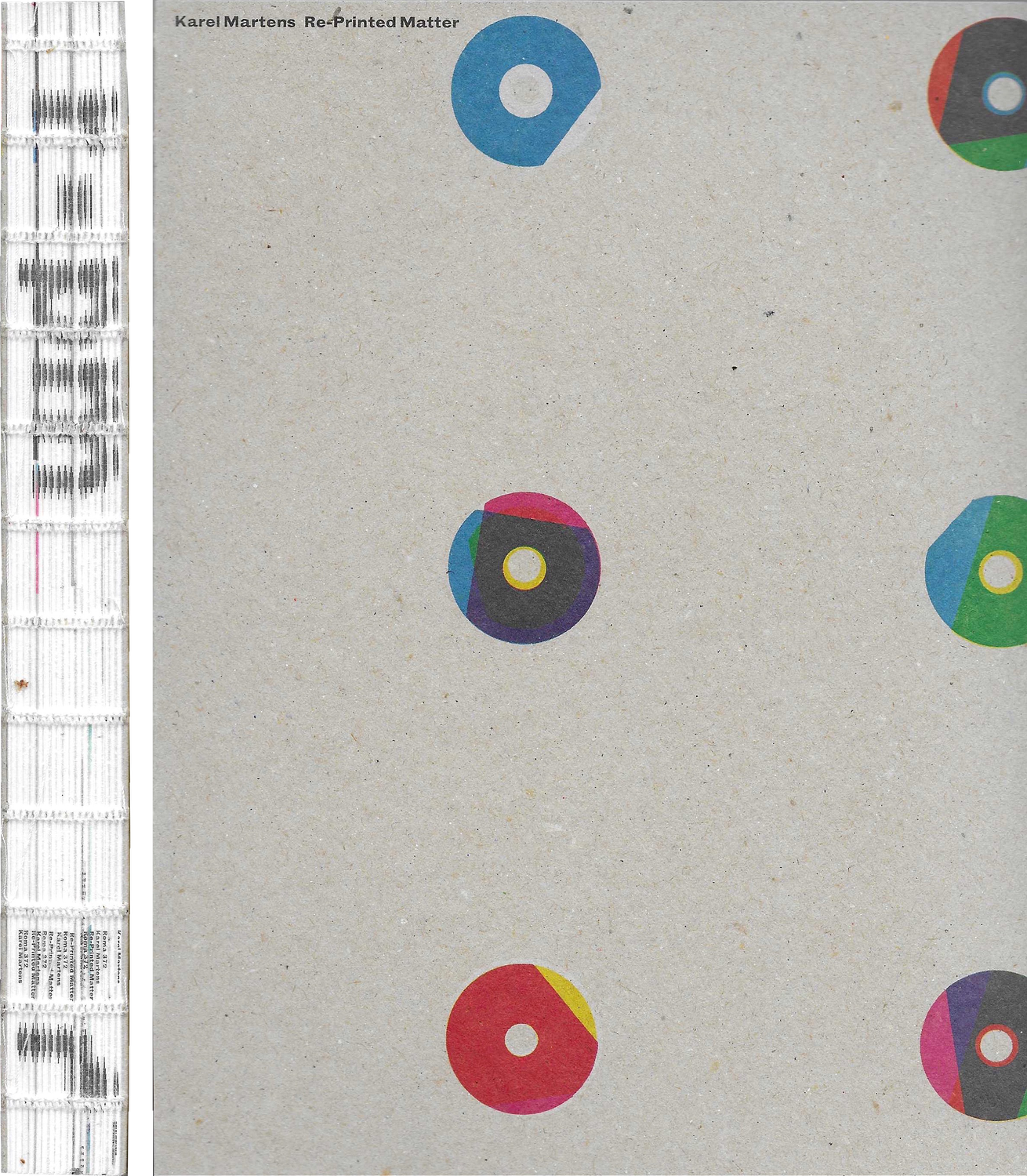
Karel Martens Re-Printed Matter, Fourth (extended) edition
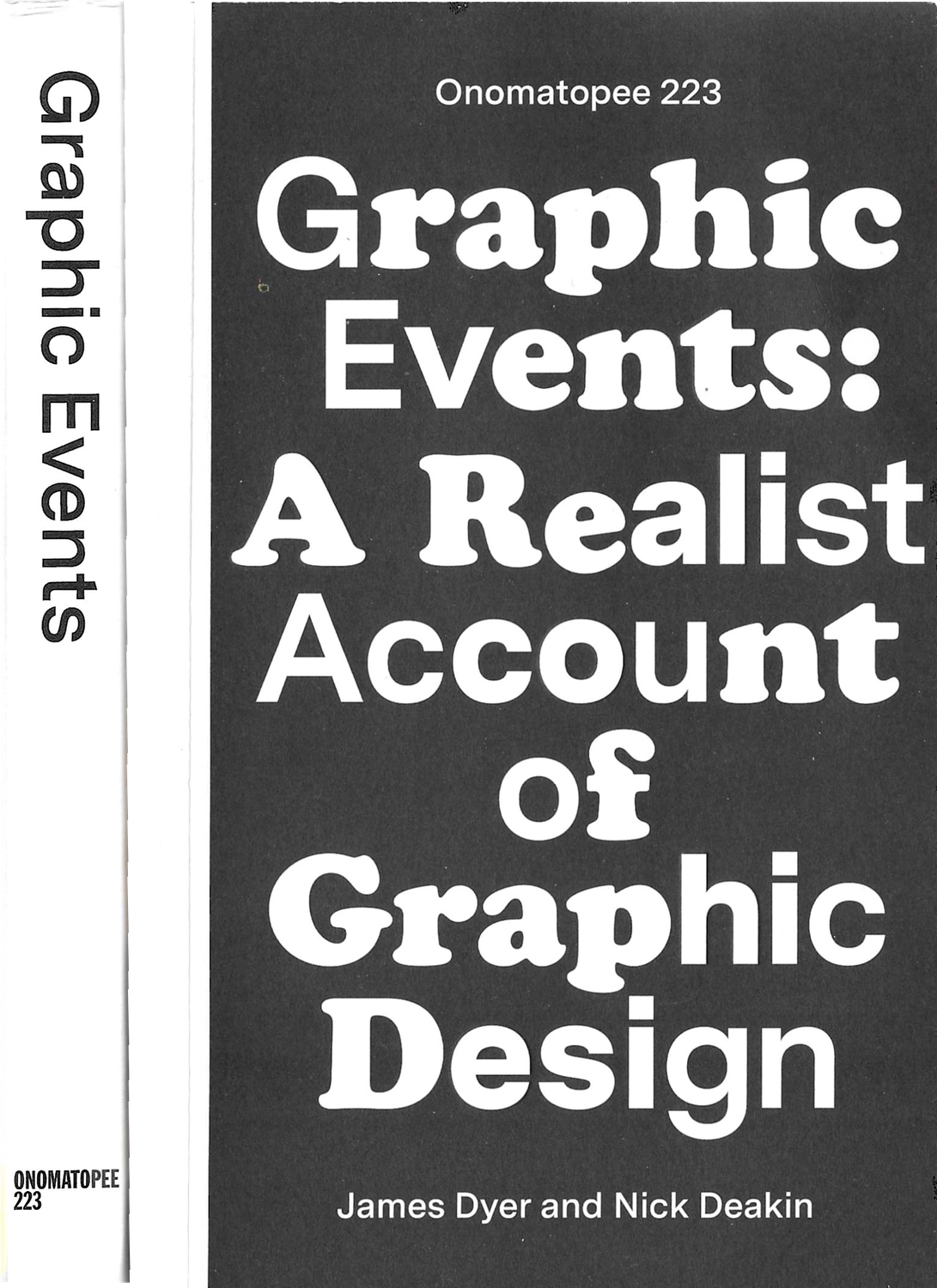
Graphic Events: A Realist Account of Graphic Design – James Dyer and Nick Deakin
Immersion: medium, about 3/4 of the way through and have stopped there for now.
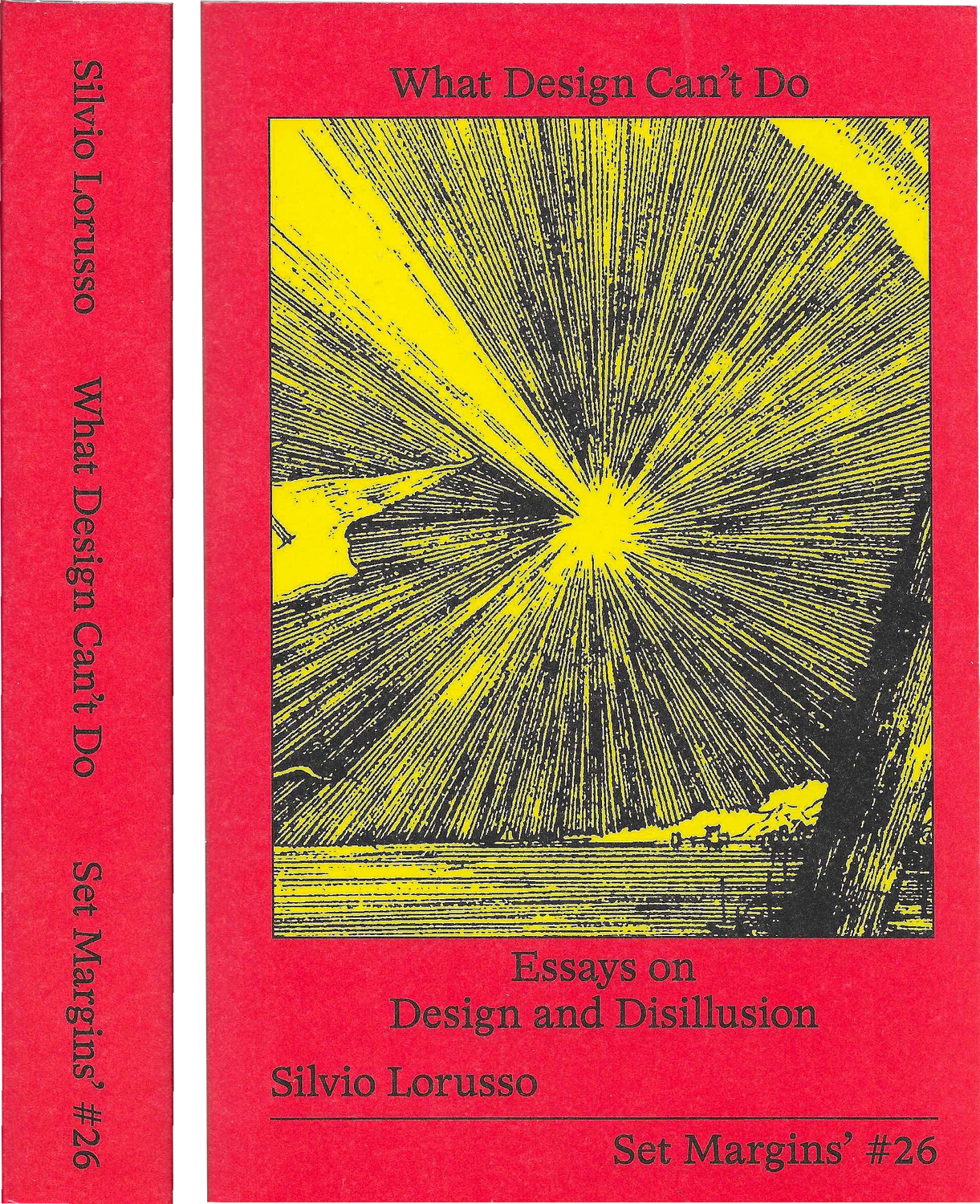
What Design Can’t Do / Essays on Design and Disillusion – Silvio Lorusso
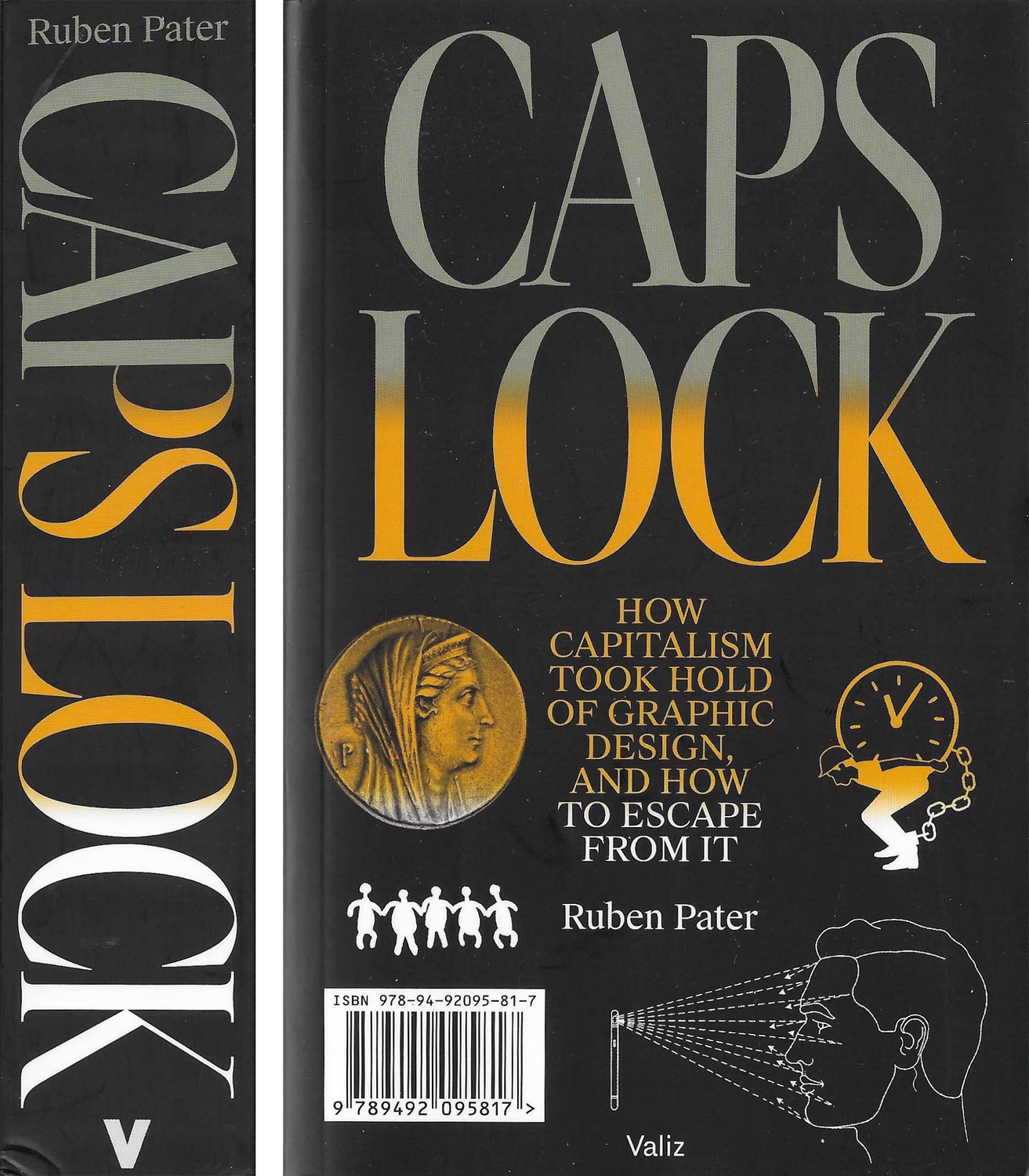
Caps Lock: How Capitalism Took Hold of Graphic Design and How to Escape From It – Ruben Pater
A clever parting gift from the folks at XXIX, where I interned last spring.
Immersion: shallow, I’ve just perused the first chapter and listened Pater lecture on the book. But from these small exposures I do have the sense that Pater speaks in a frank and grounded manner about the ethical conflicts in our field and the positions we hold, which I really appreciate — I’m excited to dive in.
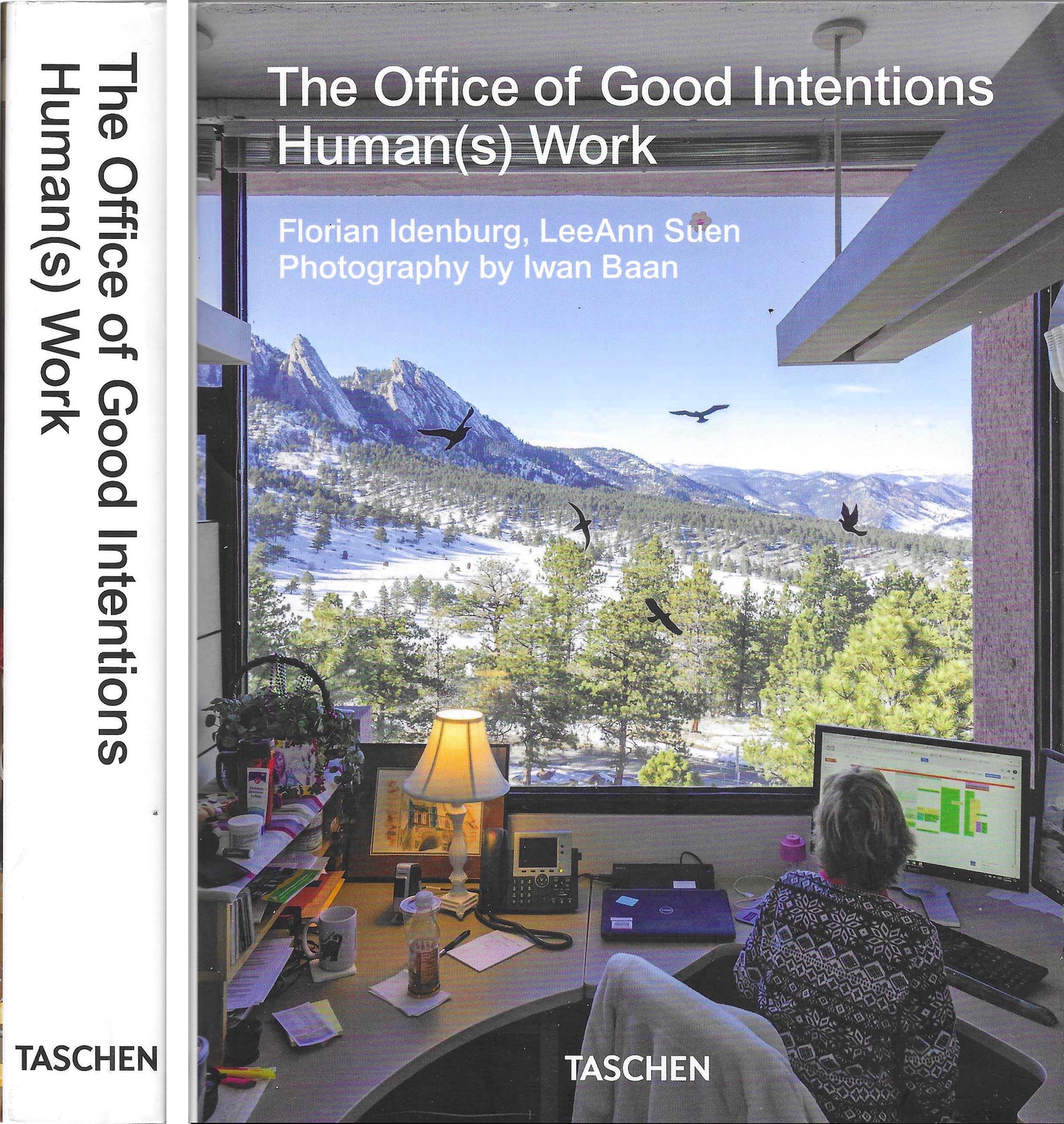
The Office of Good Intentions / Humans(s) Work
A random find in the SF MoMA bookstore clearance section — I was attracted to the refined design and to the subject matter, as I interpreted it, of the ways architecture shapes our working environments. Excited to dig in.
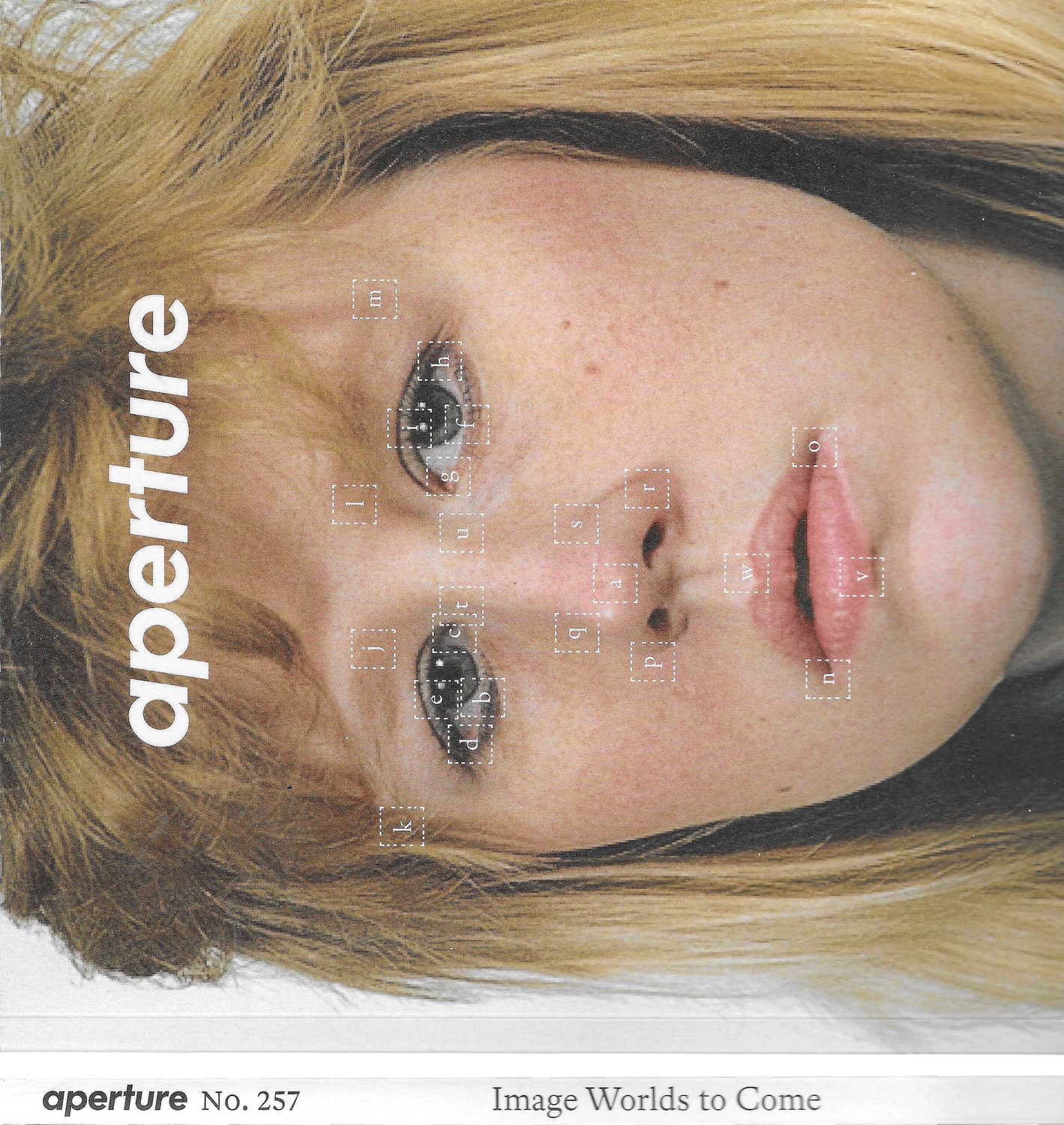
aperture No. 157: Image Worlds to Come
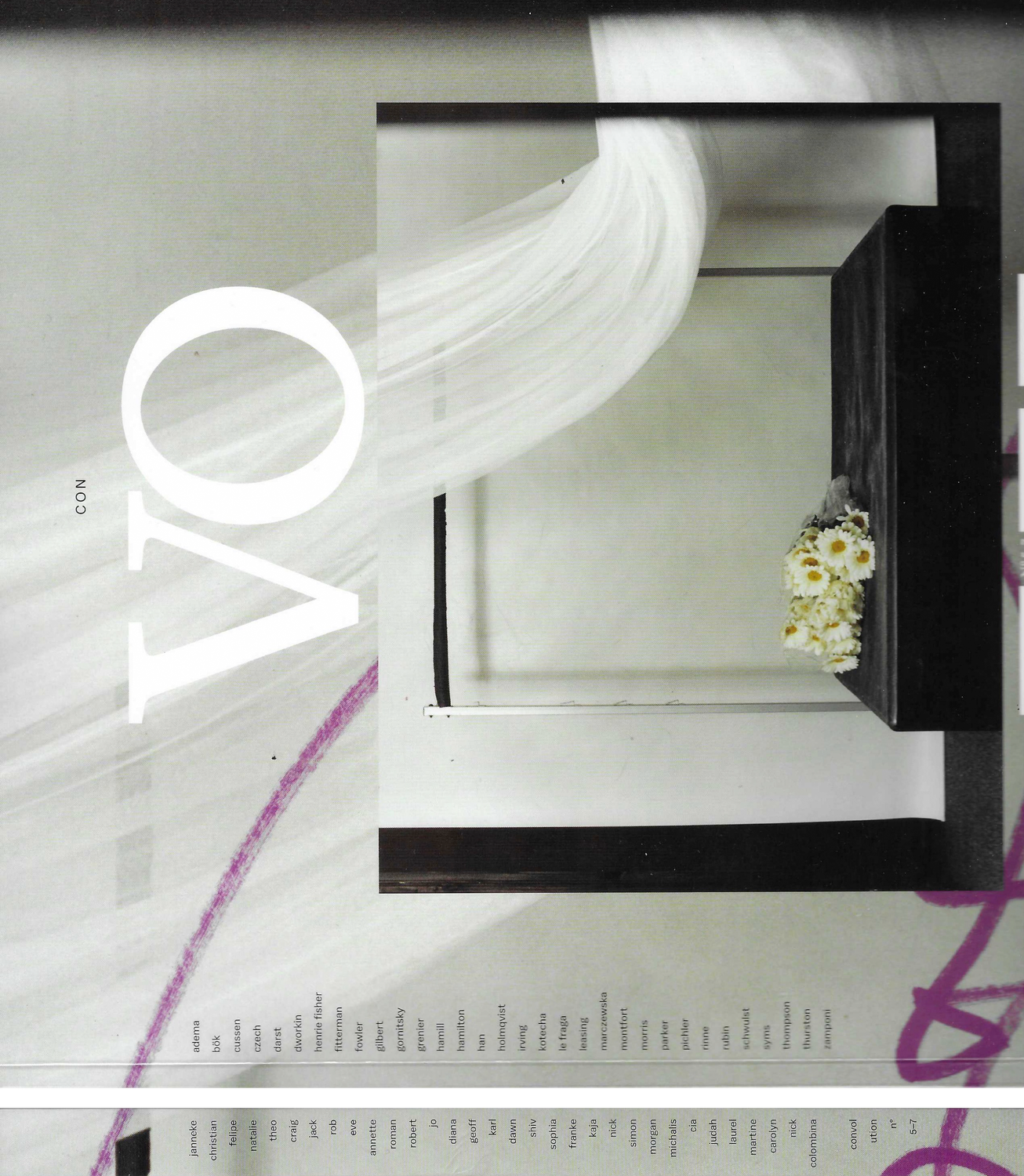
Convolution Journal 5-7
Convolution Journal is an experimental publication, and I can’t think of a better description of it than their own about page. The issues were designed by my former professor Andrew Shurtz in concert with We Have Photoshop. He talks a little about the collaborative process by which they made this cover in this lecture (which I also make a brief cameo in):
I love this more than anything I’ve made in the last few years. I’m also fascinated that what I love the most about it isn’t how it looks, but how it was made. I think it looks nice, but more than anything else I’m thankful that I have friends that I could work with and that are willing to feed me dumb instructions, and then other friends who are willing to go along with our dumb ideas and let the whole thing exist in the world. I see this as a possibility, both as a way of working and a way thinking about work. The form is important, but it’s not the most important. The work is the work, but not what it looks like.
Andrew was one of my very first typography teachers, and I owe a lot of what I know and how I think about type to him. He has a certain playful and skeptical attitude towards “design”/“good design which I deeply admire and have unfaithfully inherited.

Blind Maps and Blue Dots – Joost Grootens
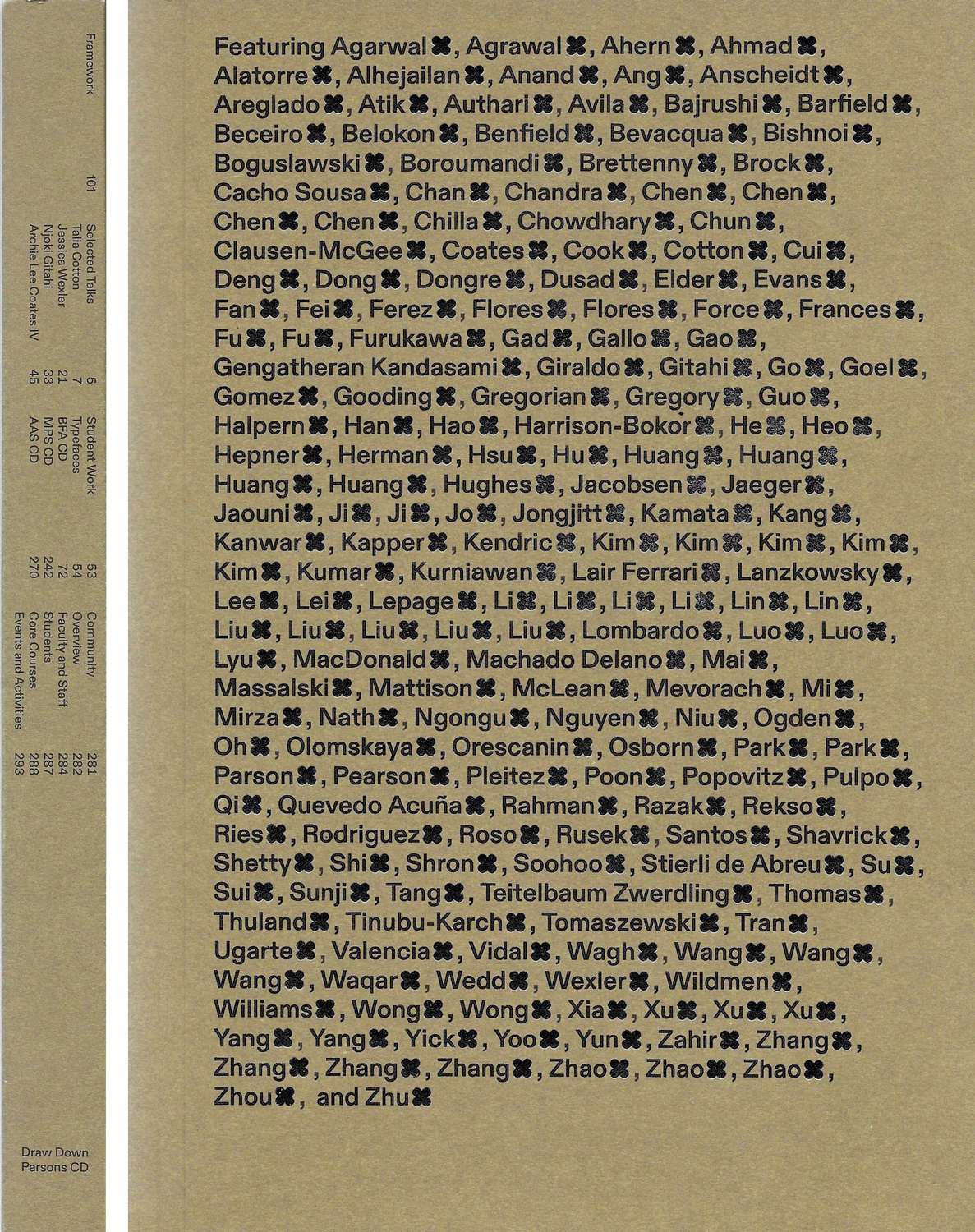
Framework 101
This is a yearly volume produced by my program at Parsons, compiling student work and guest lectures. You might see my surname among the ones on the cover — this is from the year I graduated, and contains my thesis project. Another detail about the cover that isn’t captured by the scan is that the shapes are actually printed with a shiny gold foil.
This book and the one to the right were generated programmatically using a system designed by two of my former professors, E Roon Kang and Andrew LeClair, under the heading of 908A. I respect both of them tremendously and they have had a deep influence on the way I approach and think about design.
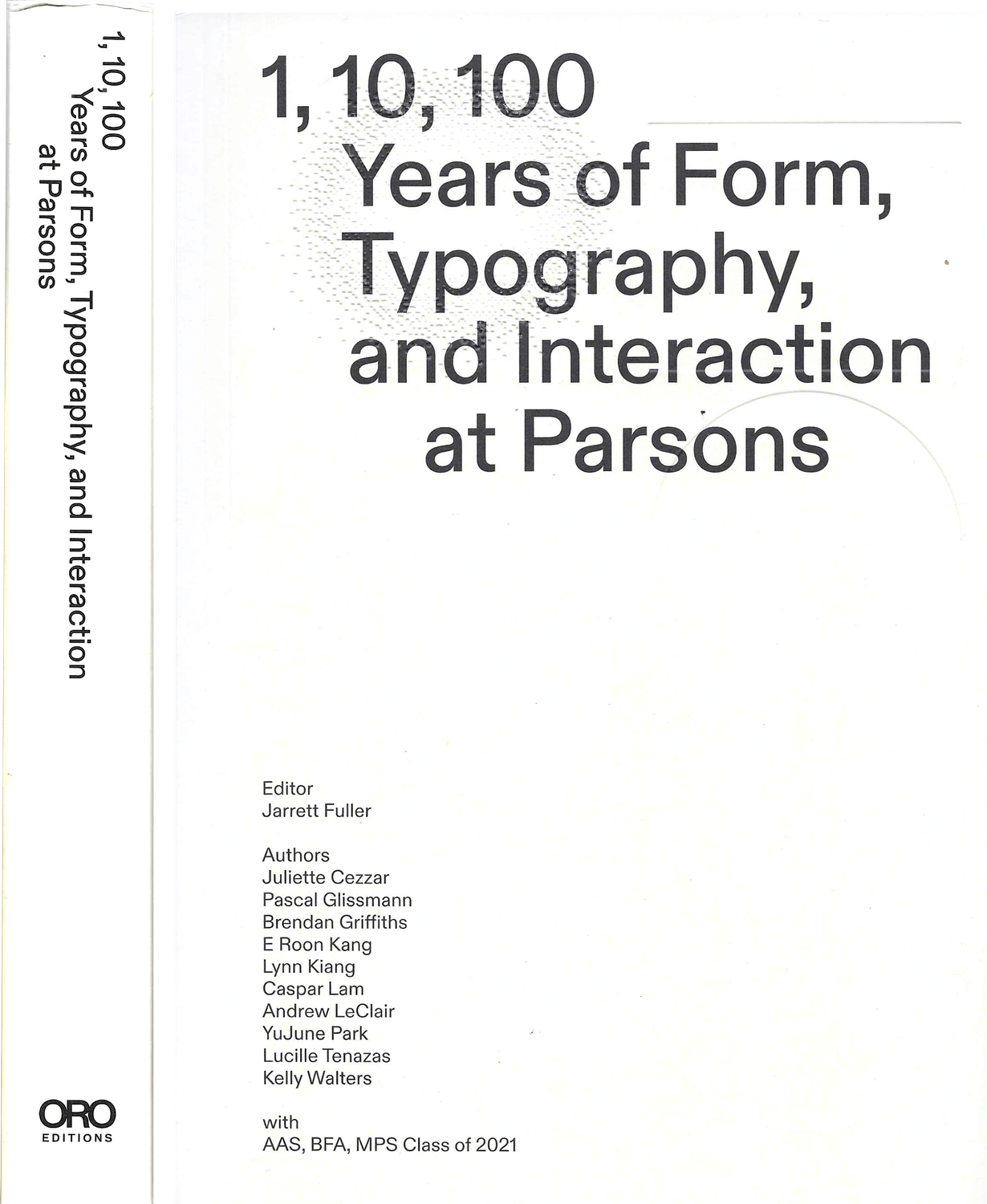
1, 10, 100 Years of Form, Typography and Interaction at Parsons
See left for more context — this book is from the year before I graduated, and celebrates the 10th anniversary of the current Parsons CD curriculum as well as the longer history of the program.
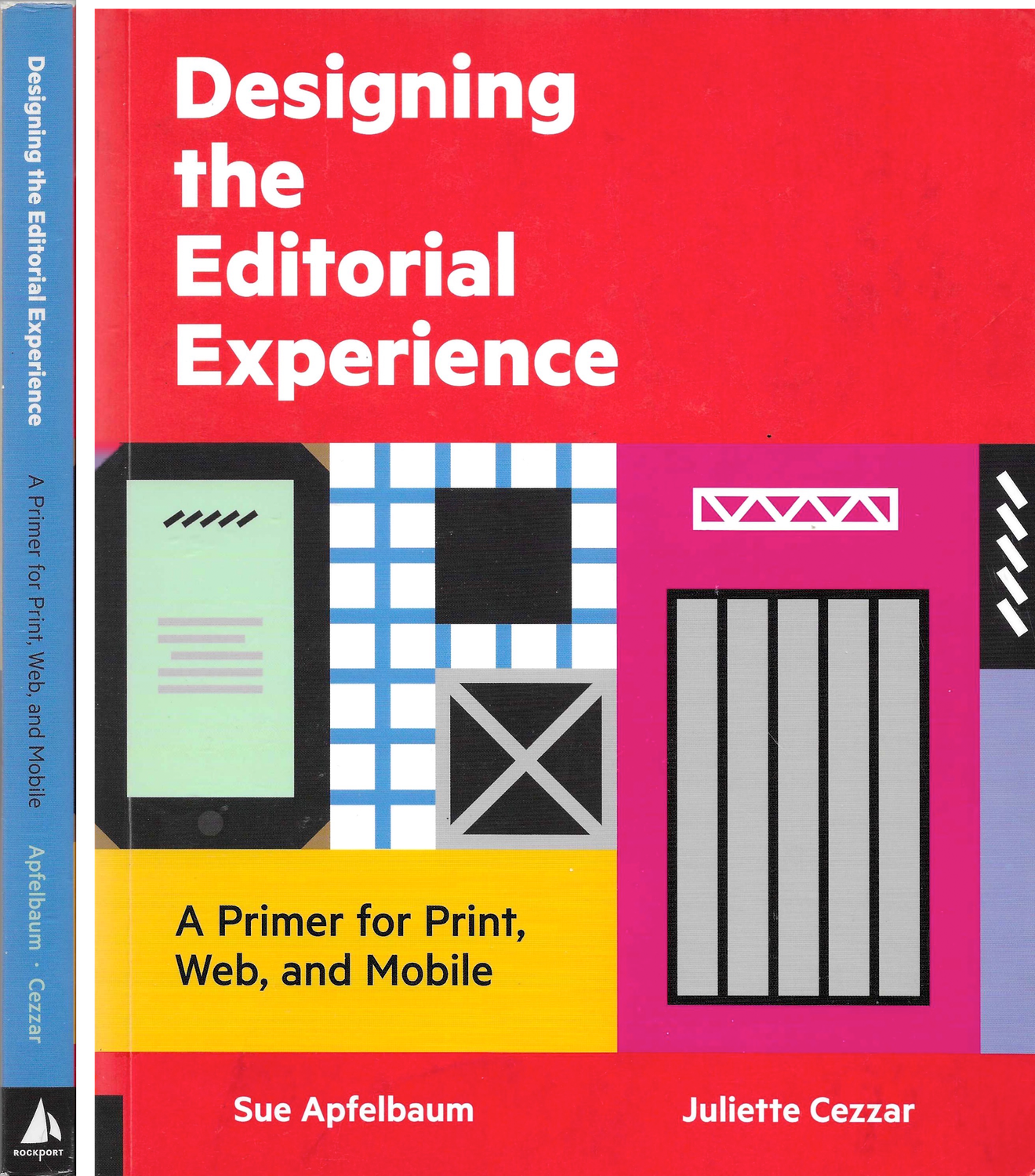
Designing the Editorial Experience – Juliette Cezzar and Sue Apfelbaum
Comically I had and referenced this book before I met or really knew of Juliette. I later took her course on editorial design, and she has become an extremely valuable teacher and mentor for me as I’ve pursued a career in this sector of design.
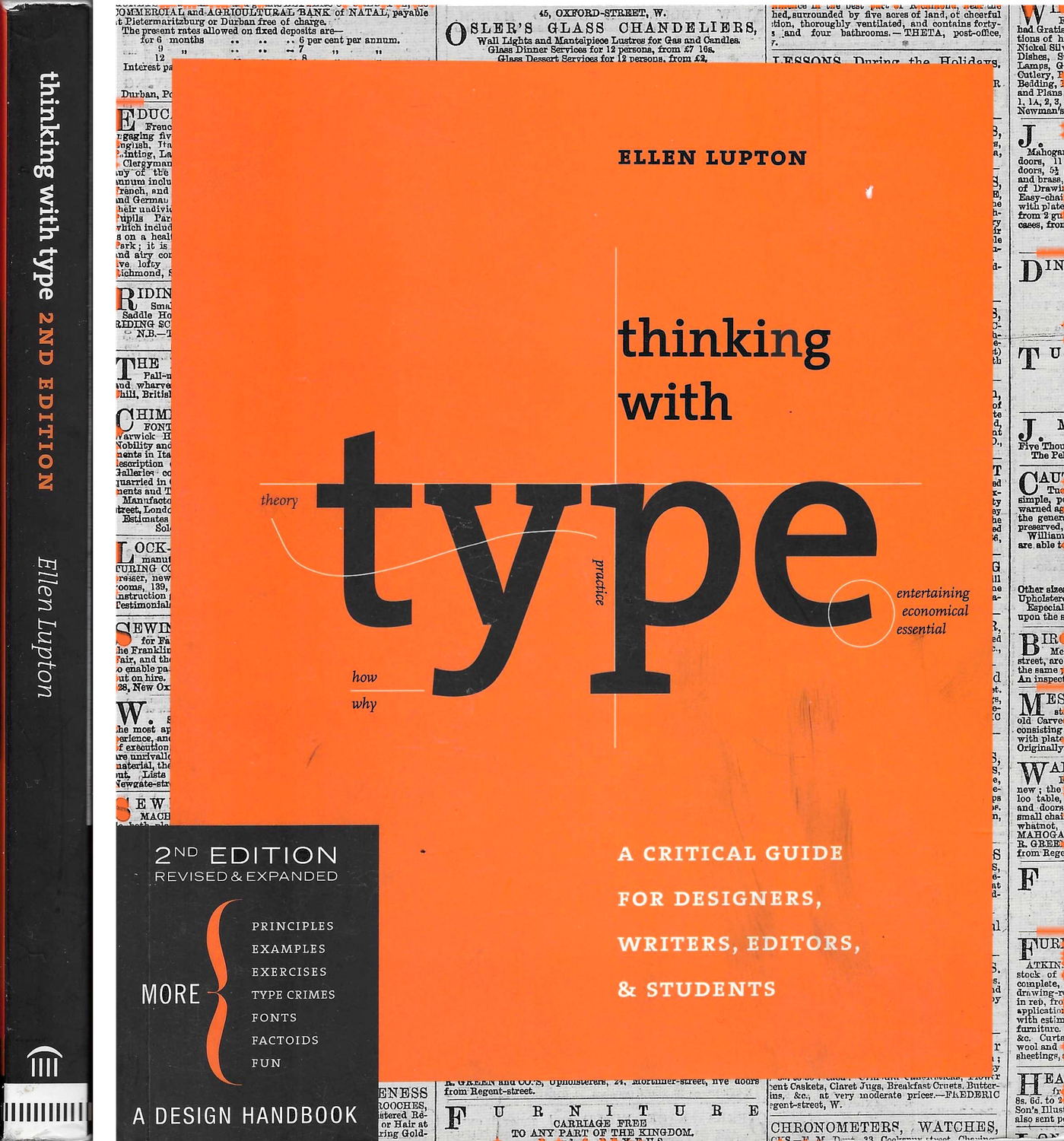
Thinking With Type – Ellen Lupton
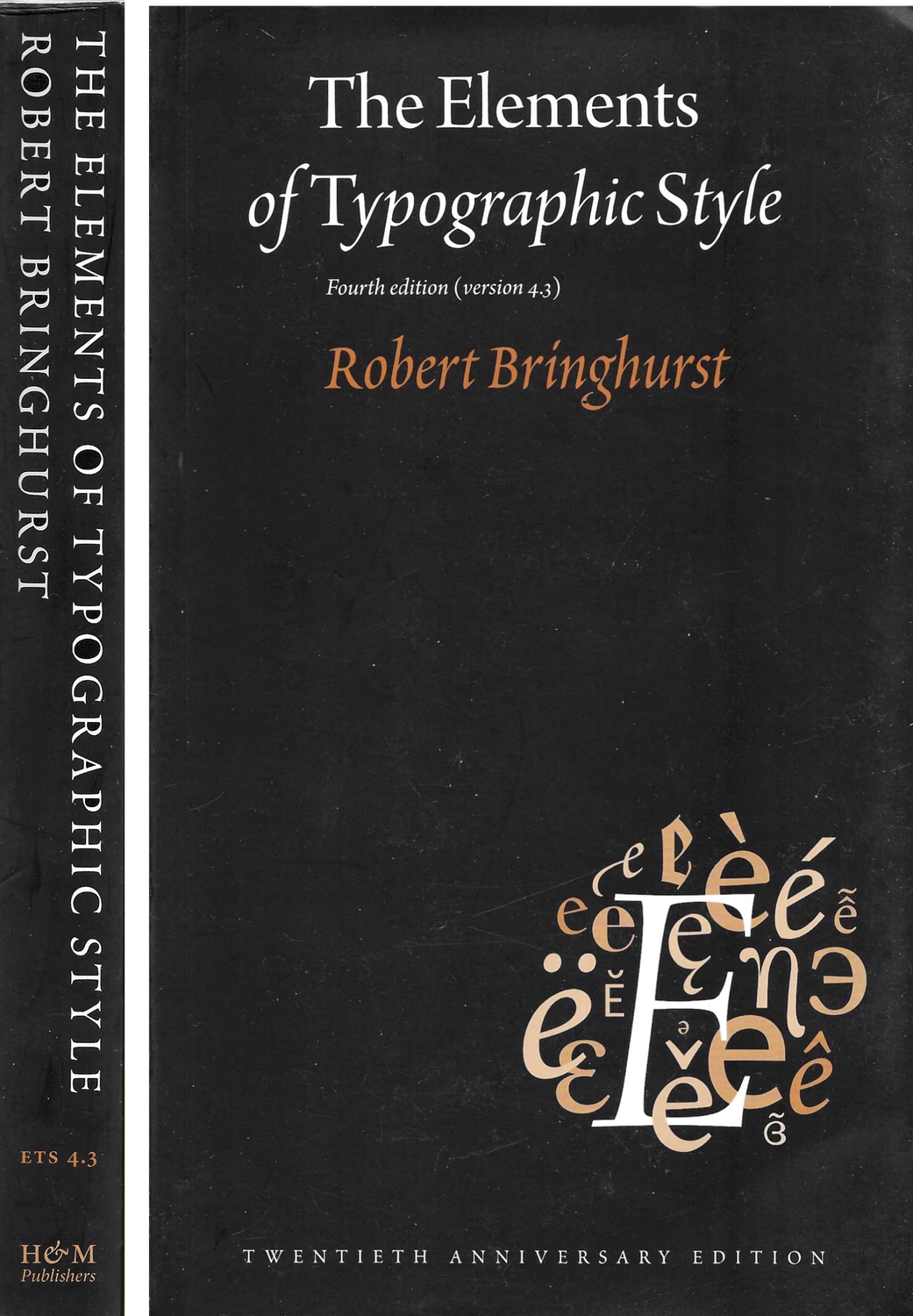
The Elements of Typographic Style – Robert Bringhurst

The Elements of Style – Strunk and White
I found this on my mom’s shelf — she got it when she first moved to the U.S. and was learning to write prose in English. I truly intend to reference it (without worshipping it), but I also just find the typography on the cover to be very amusing.
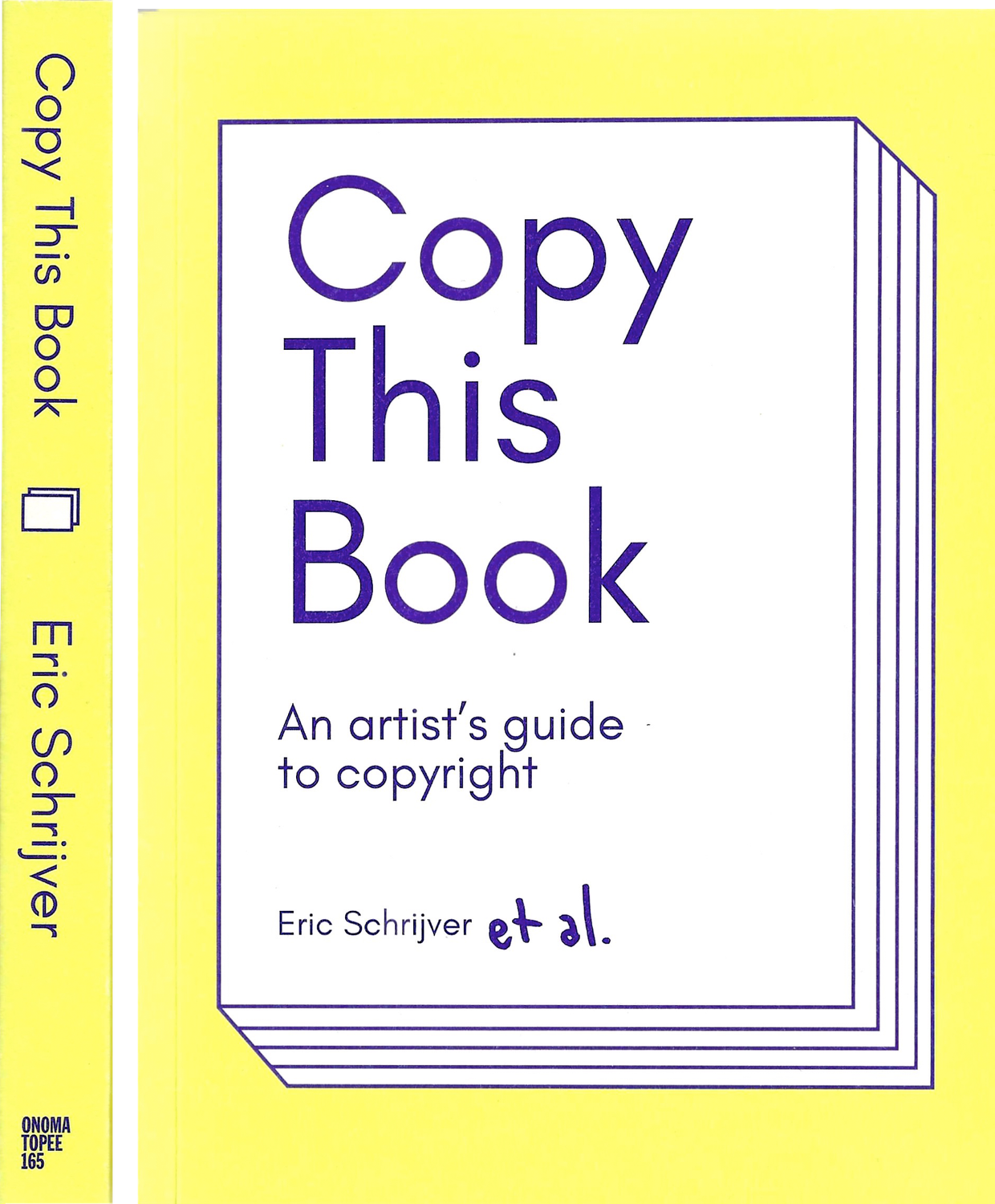
Copy This Book – Eric Schrijver
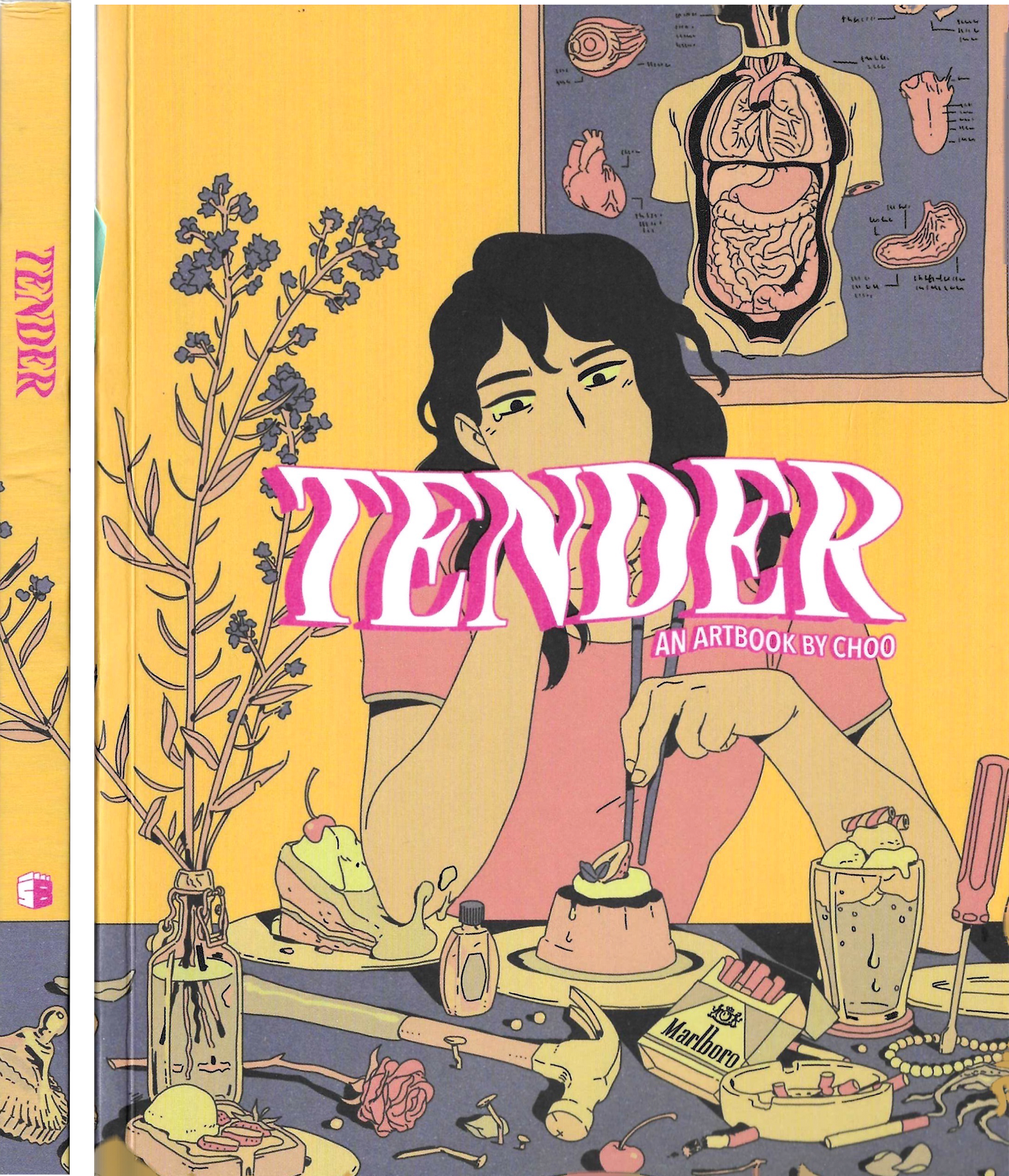
Tender – artbook by Choo
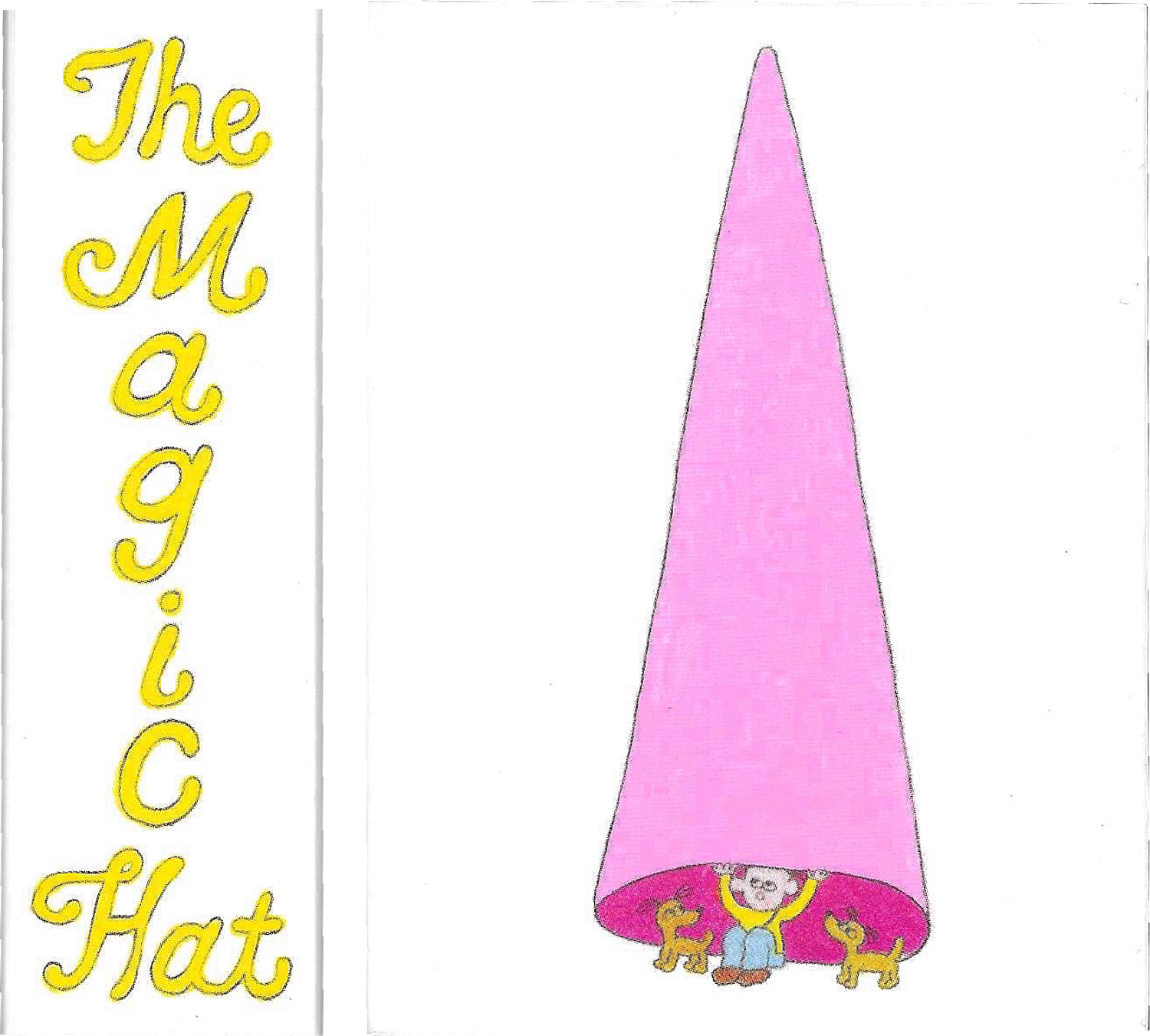
Magic Hat – Bird Pit
A tiny and adorable illustrated choose-your-own adventure book, picked up at an art book fair from Bungee Space. I have yet to explore all the pathways!
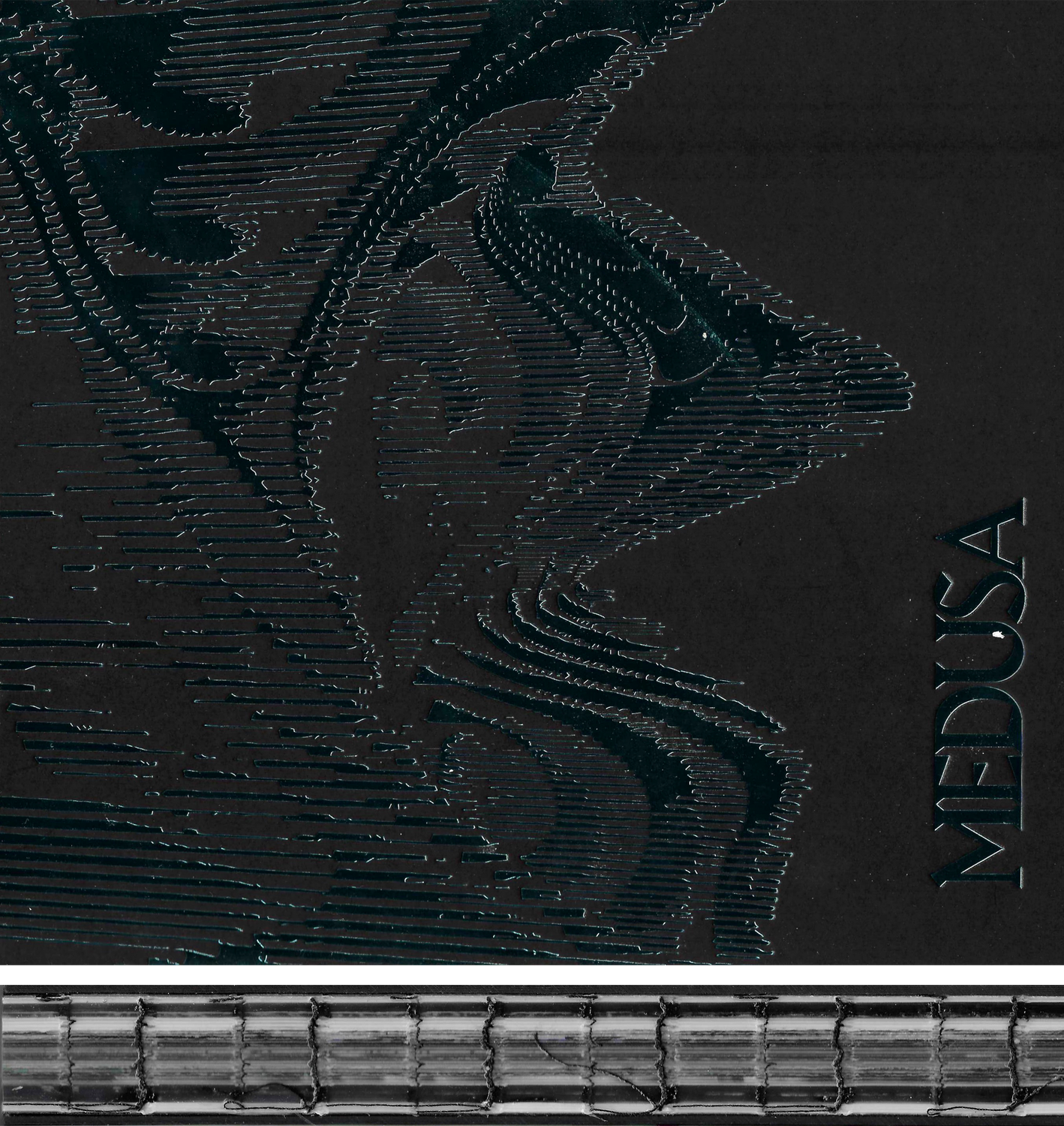
Medusa – Yoyo Munk
I got this book after going to the mixed reality installation of the same name at Pioneer Works. The work was astonishingly beautiful — sitting in a grand space with a pianist playing ambient tones, watching a mirage of colorful pillars morph over our heads. The book, which is beautifully designed with an array of inks and materials (not well captured by my scan), documents the show and discusses the architectural and ecological ideas that inspired it.
